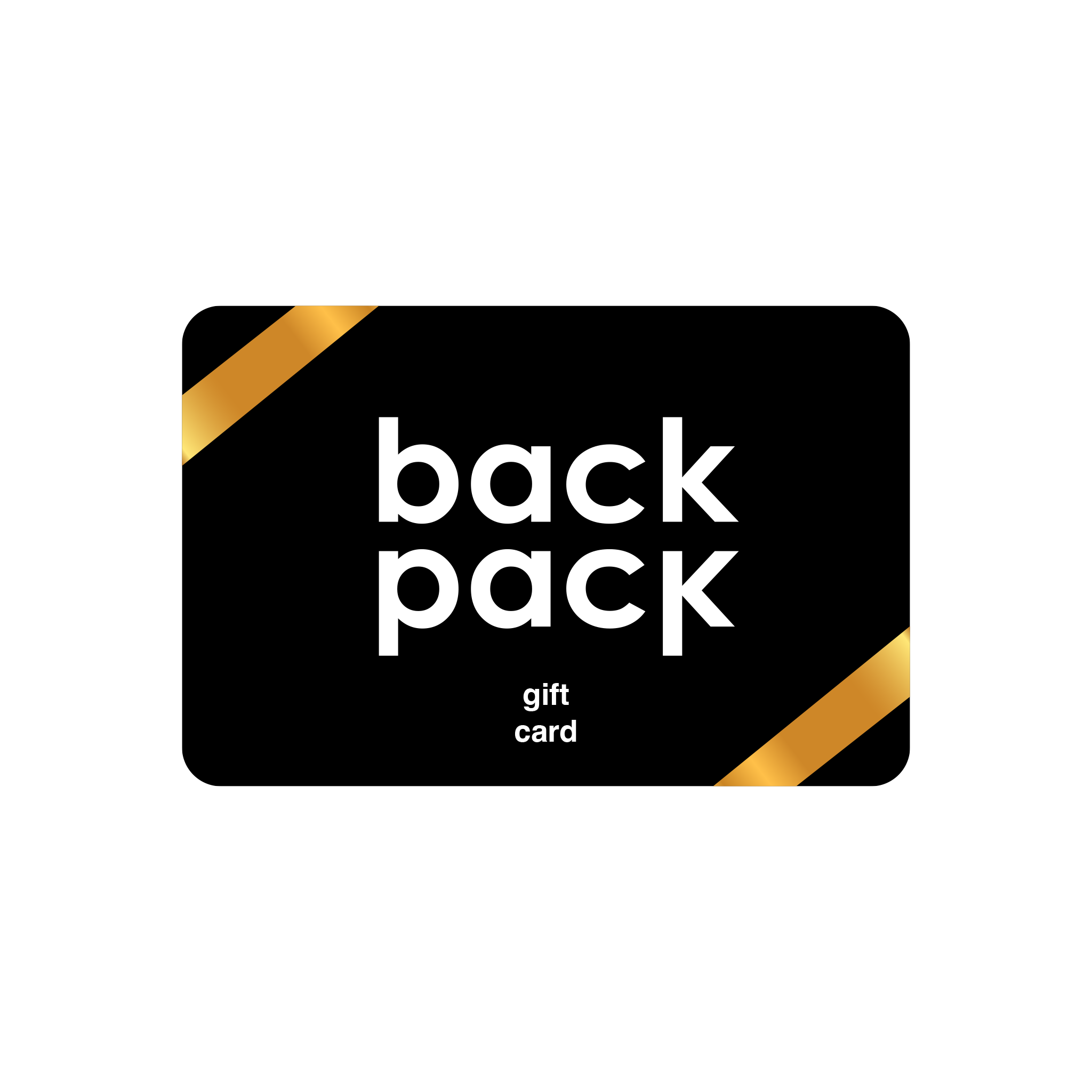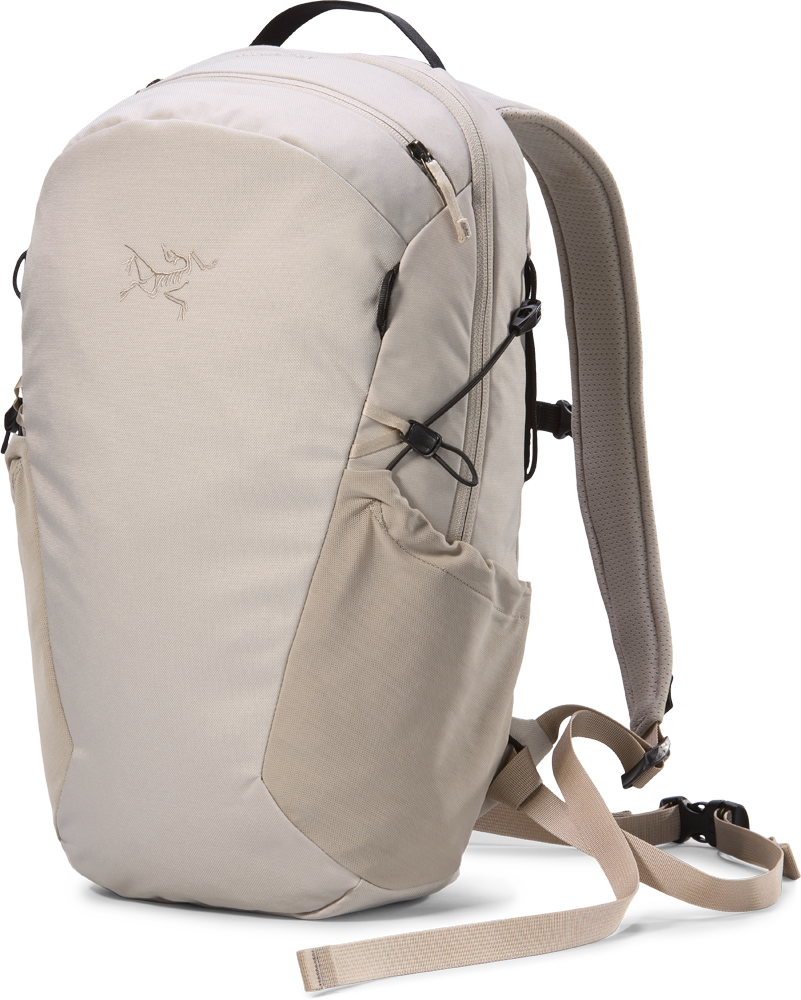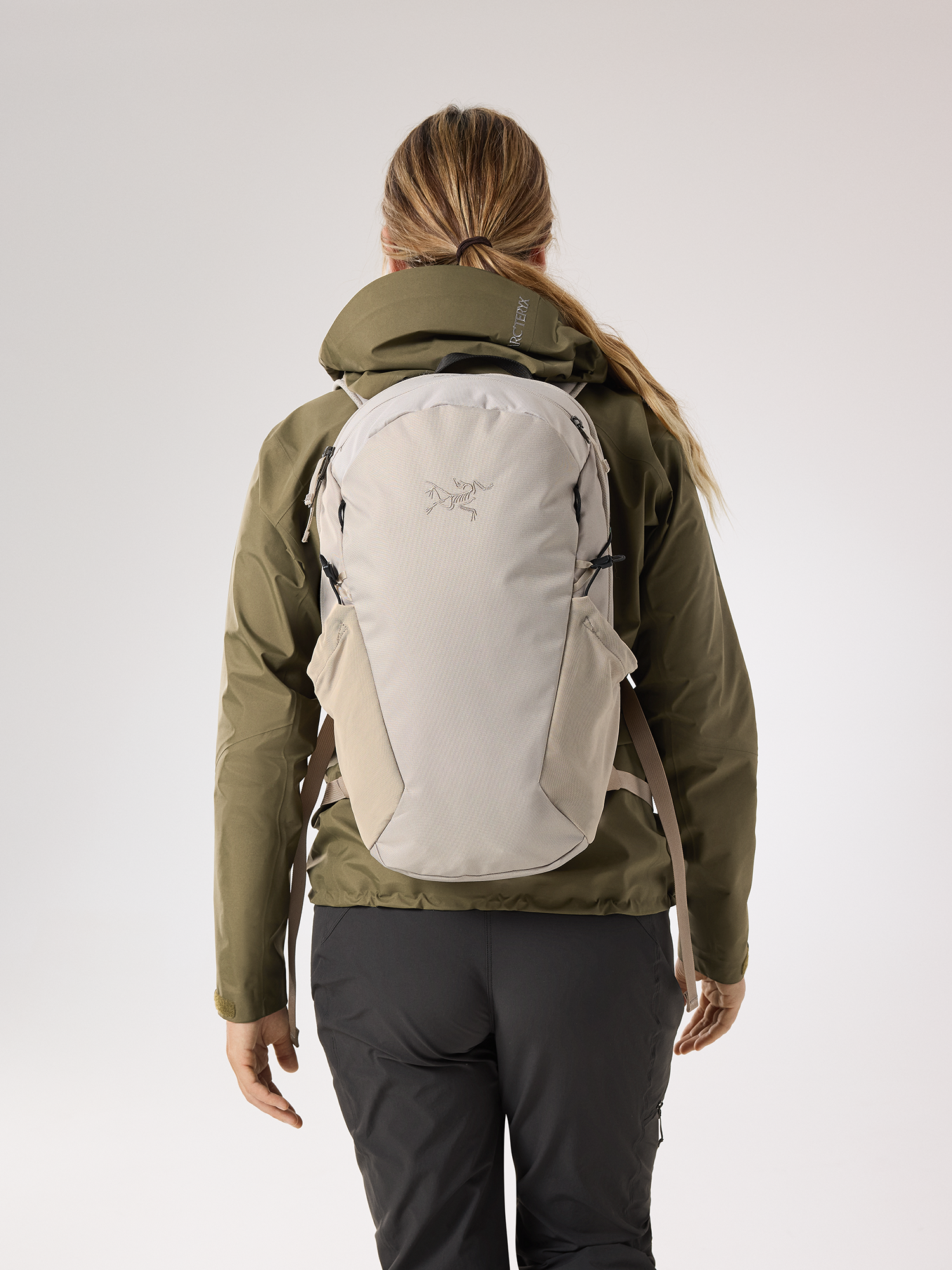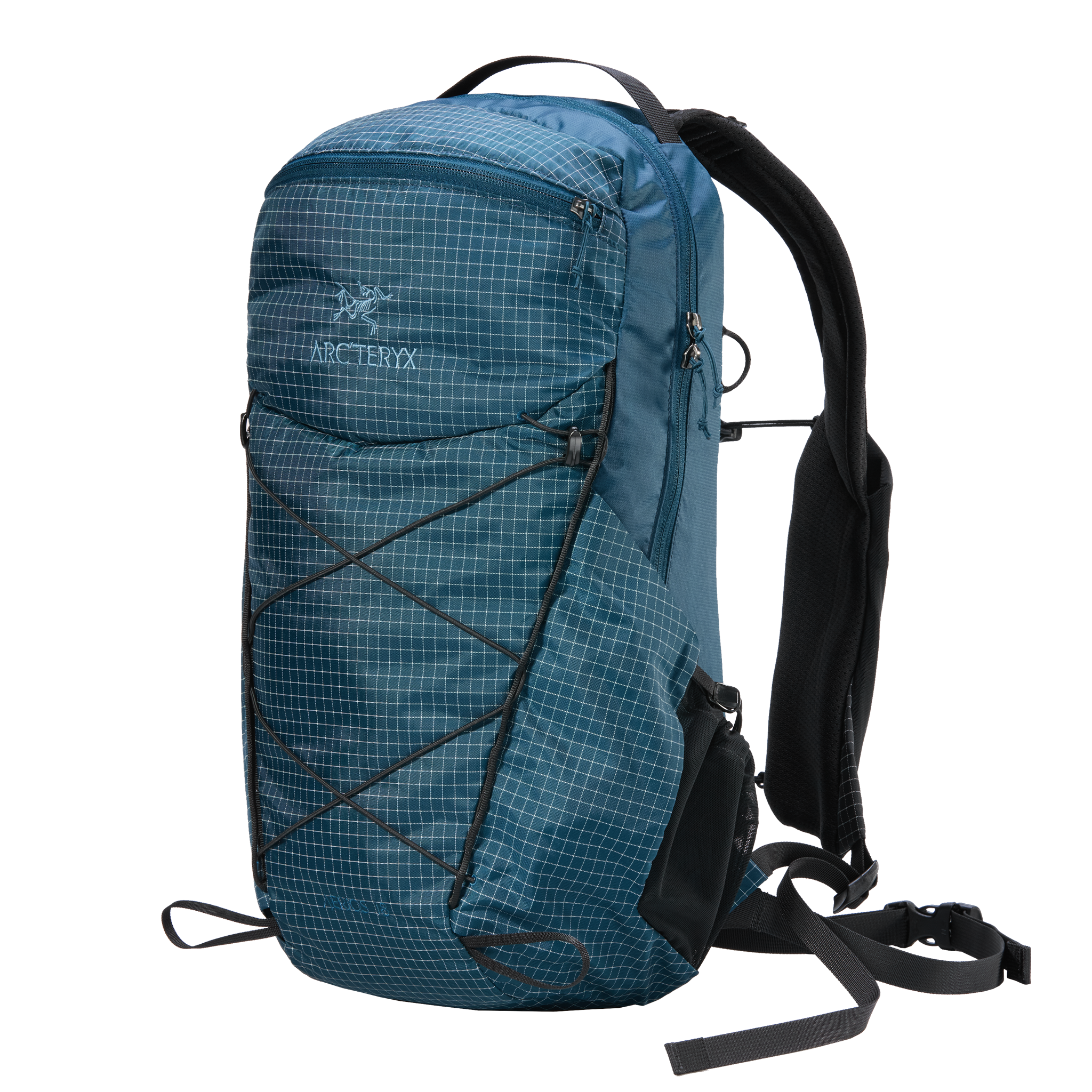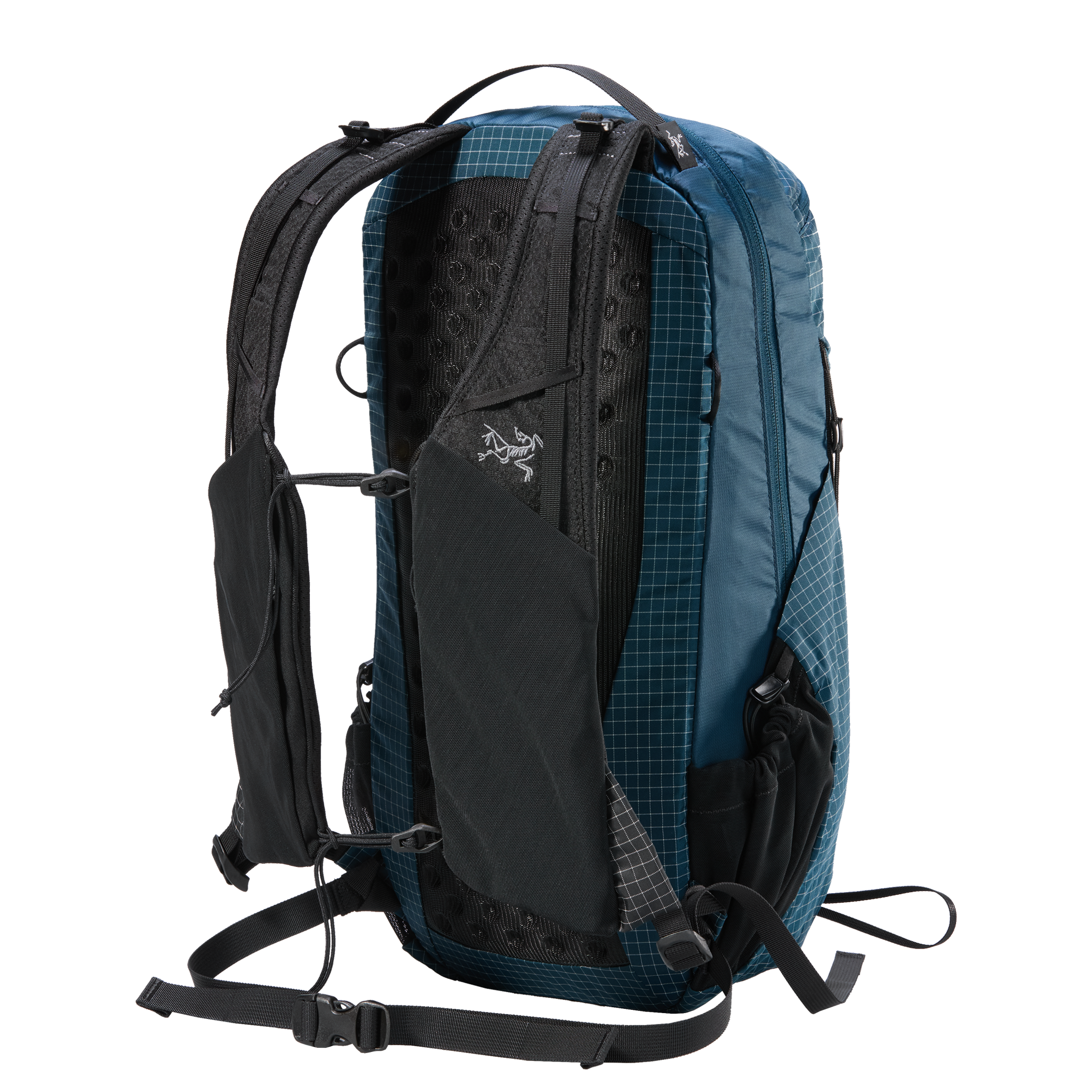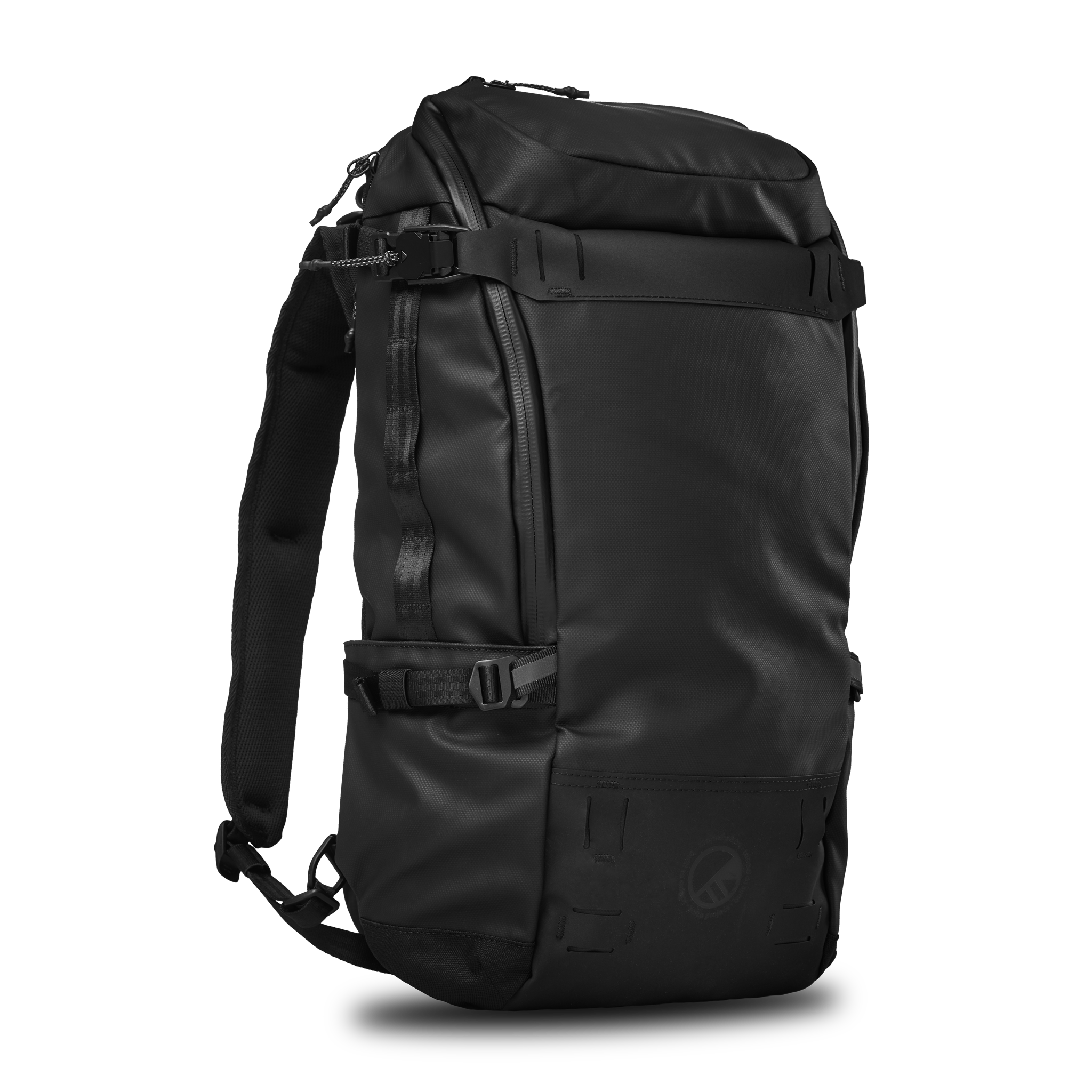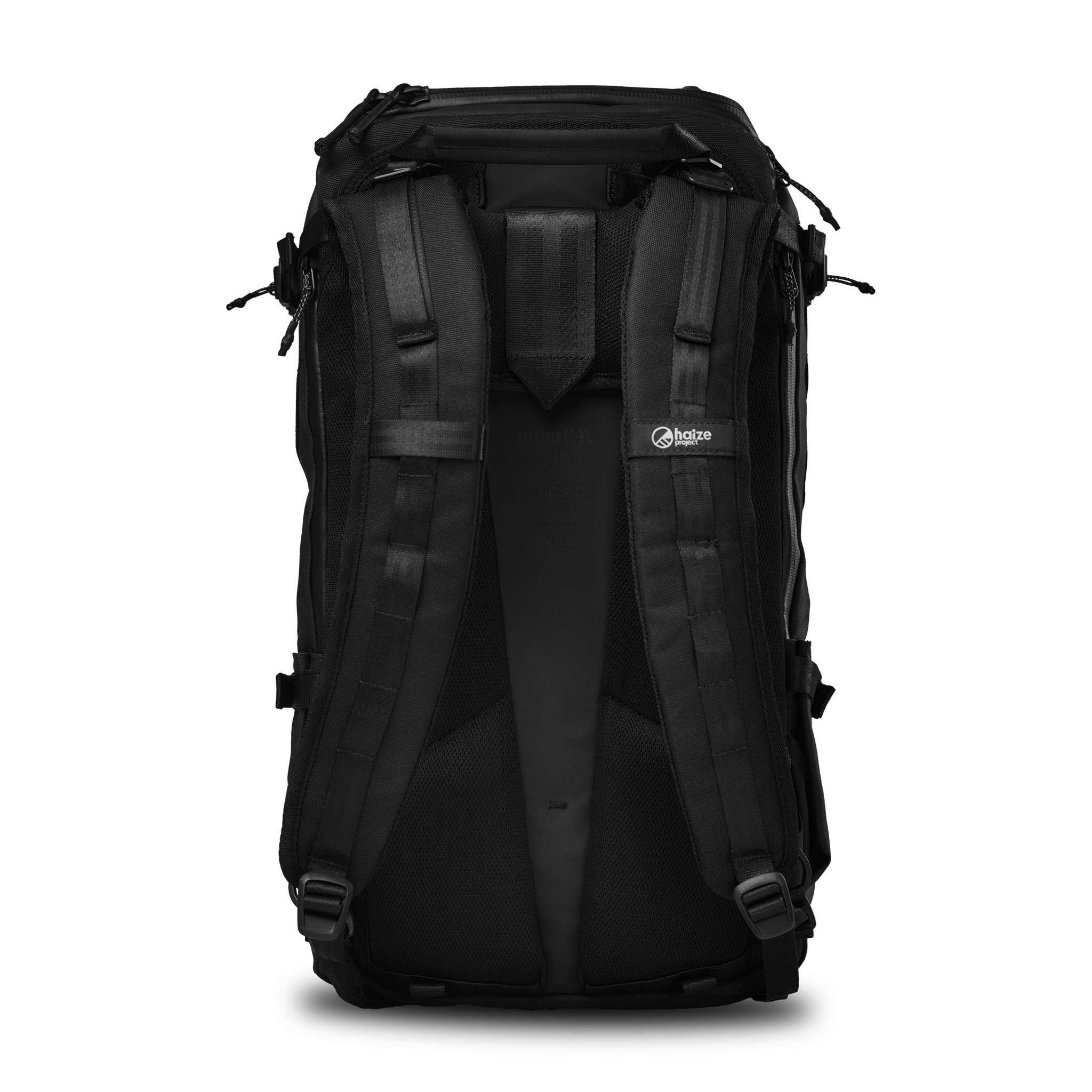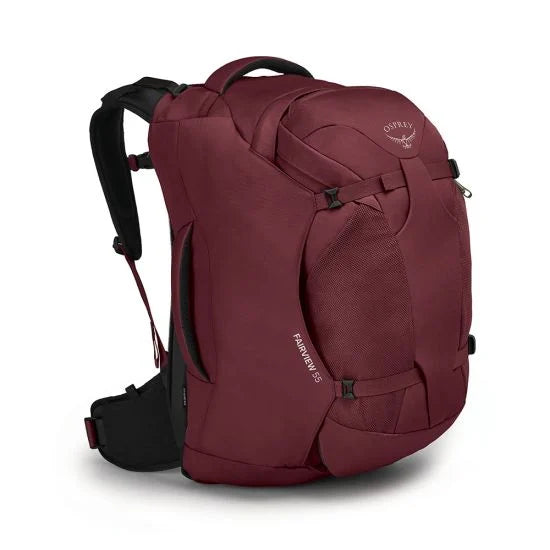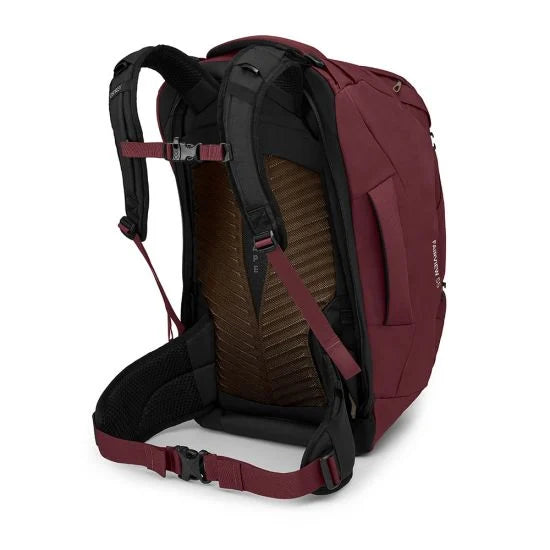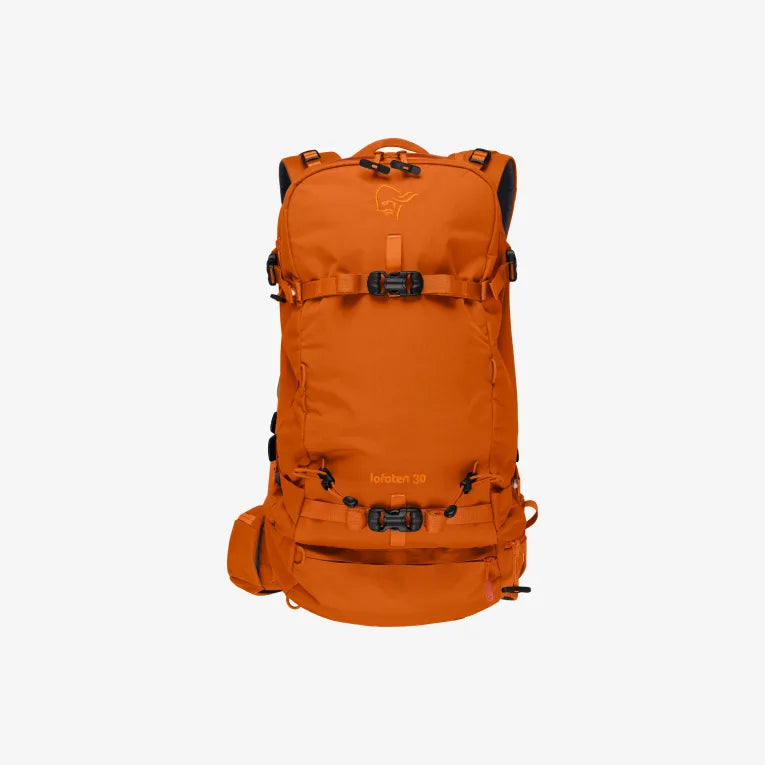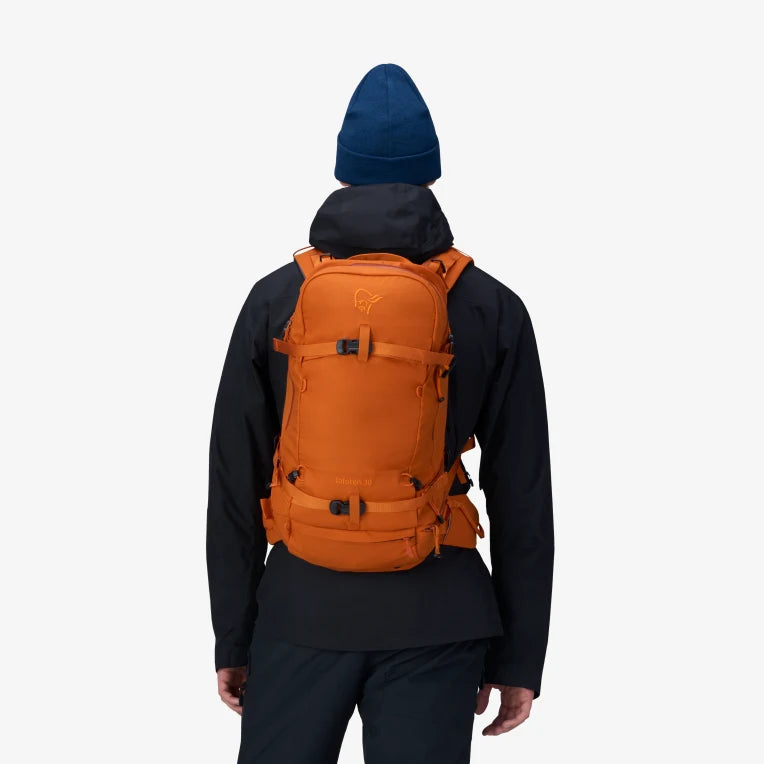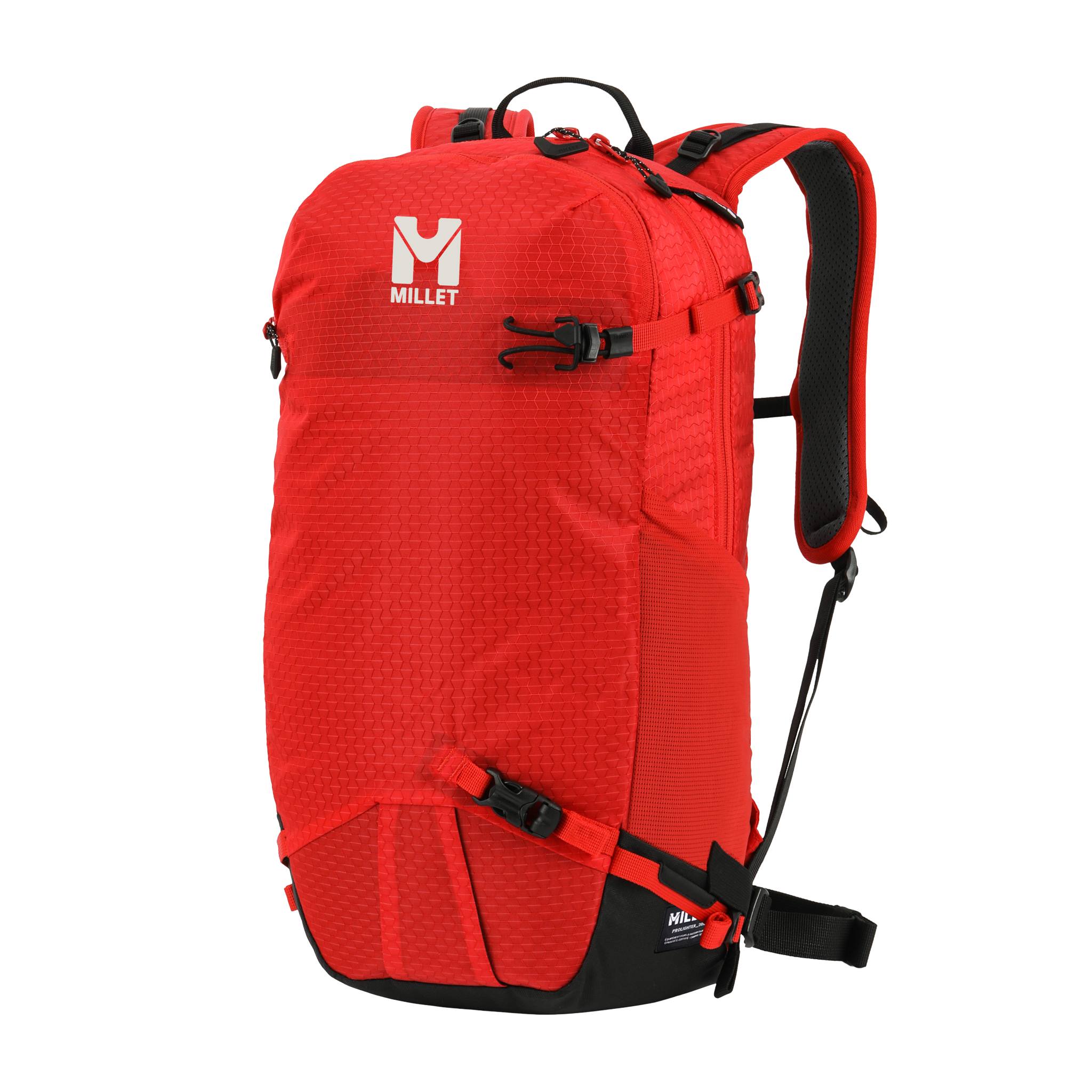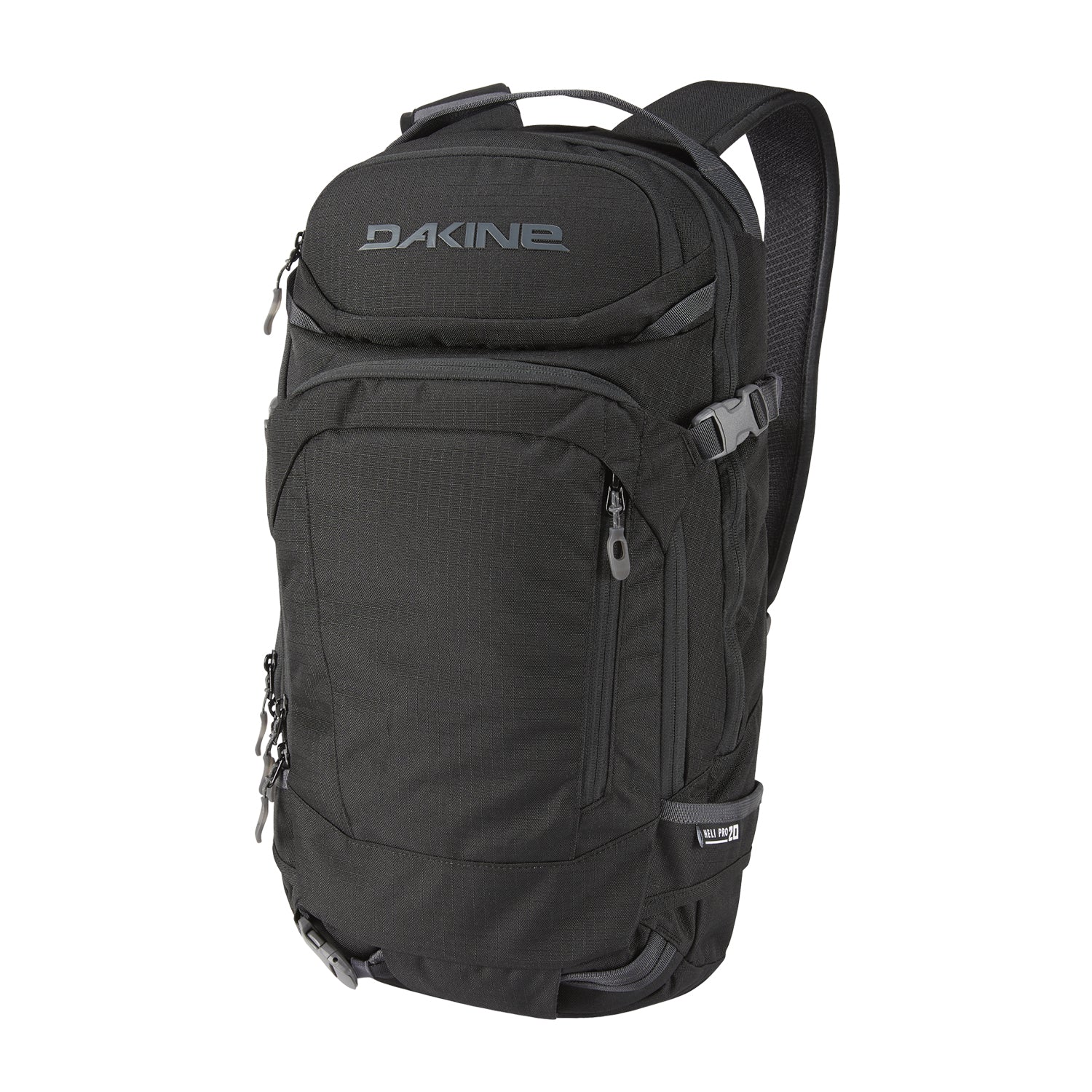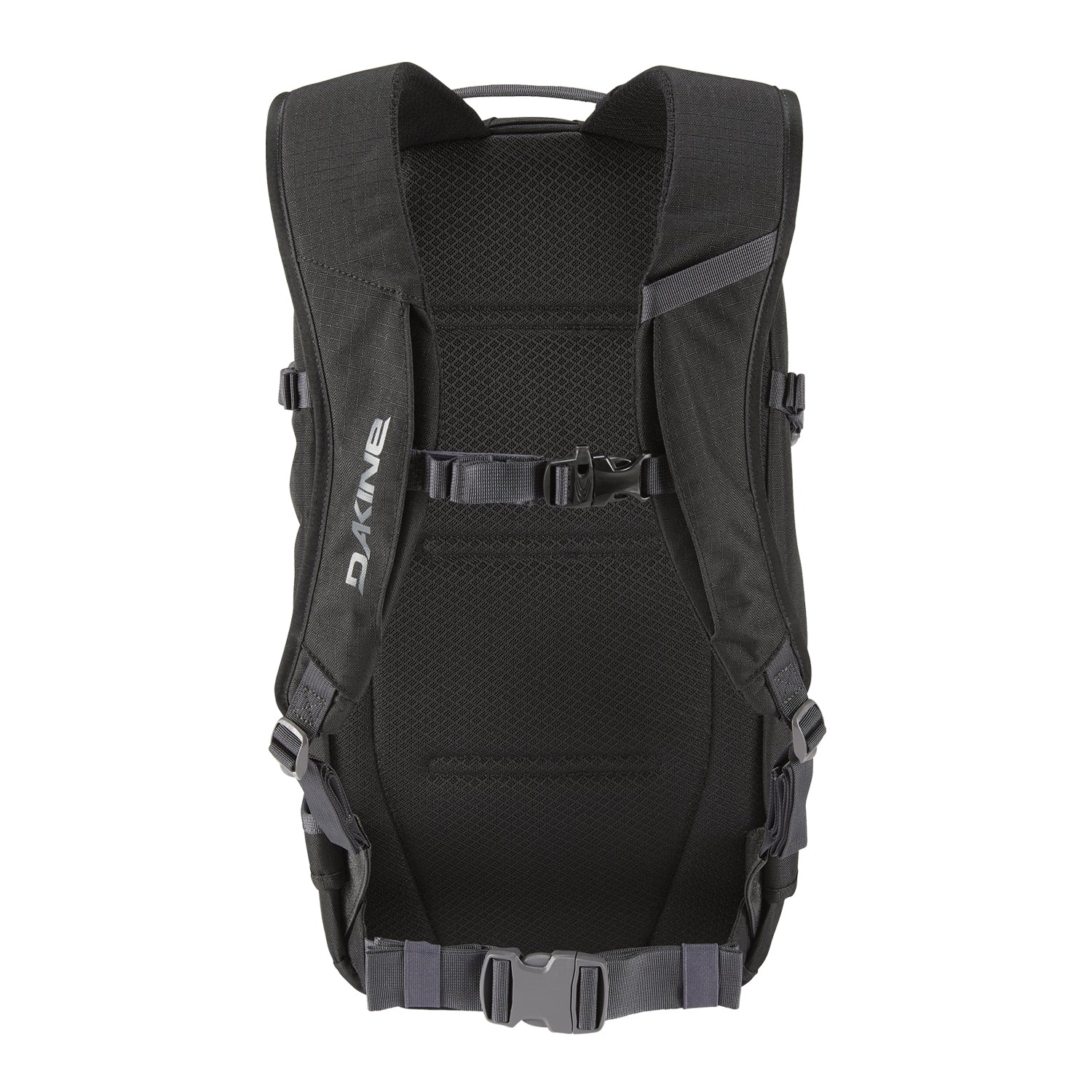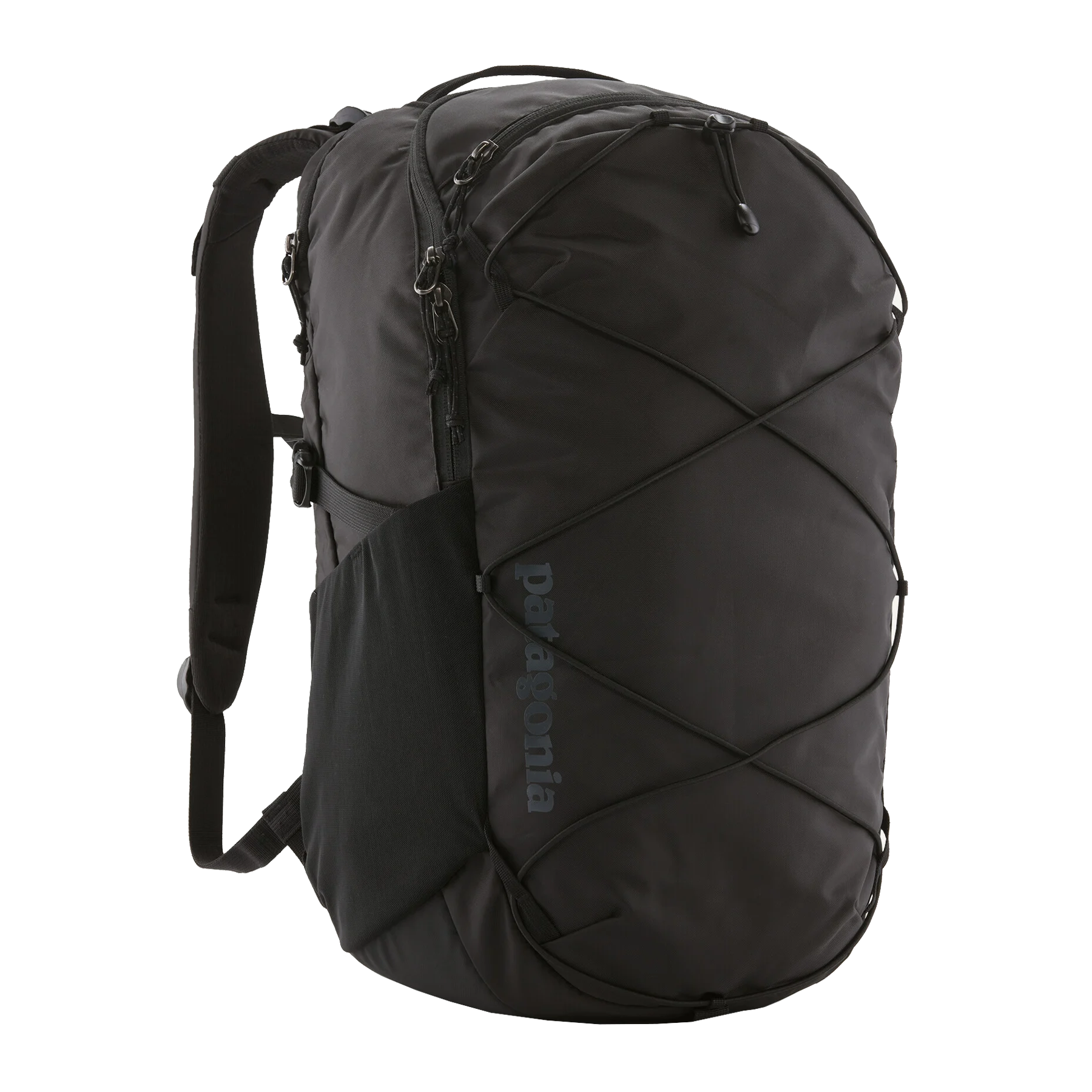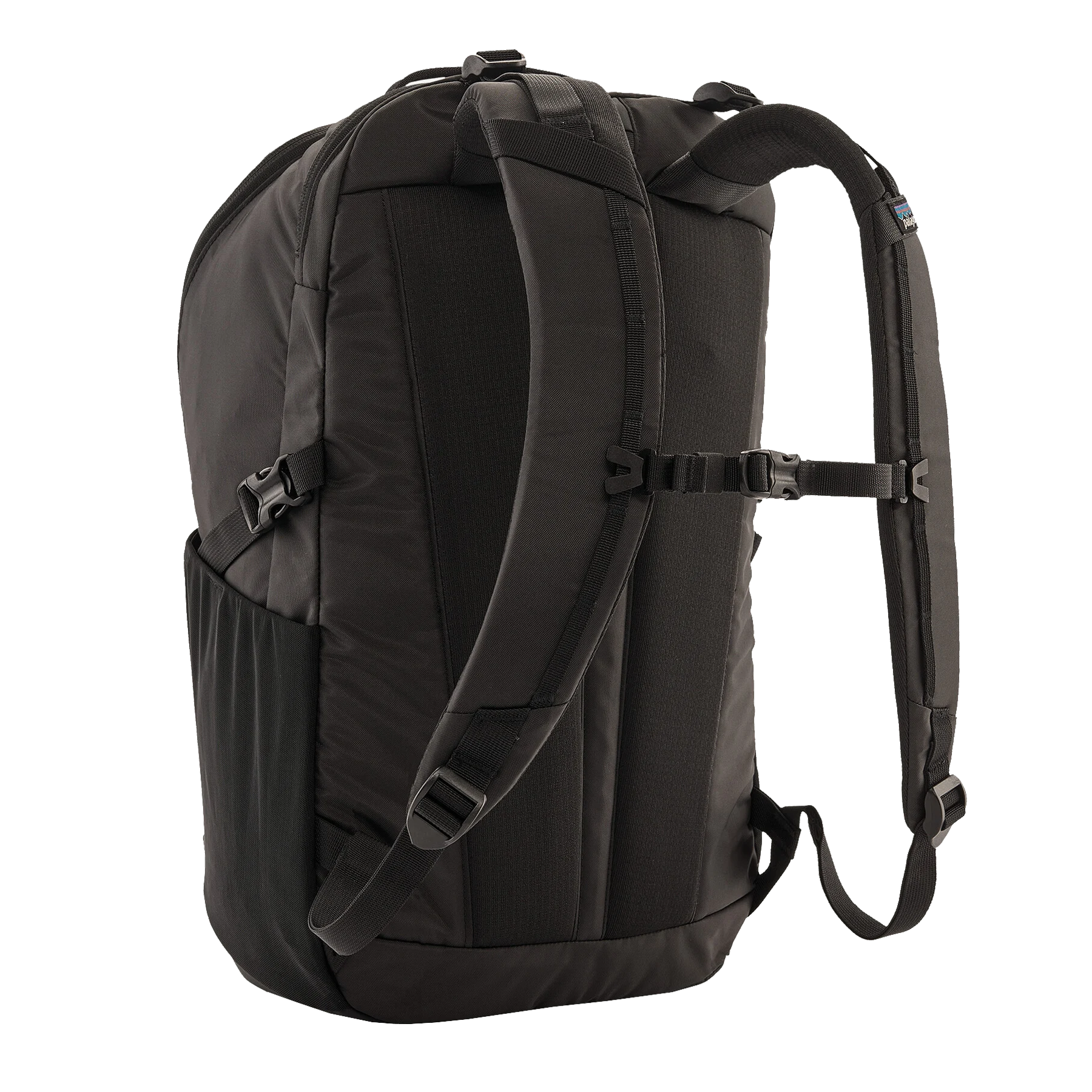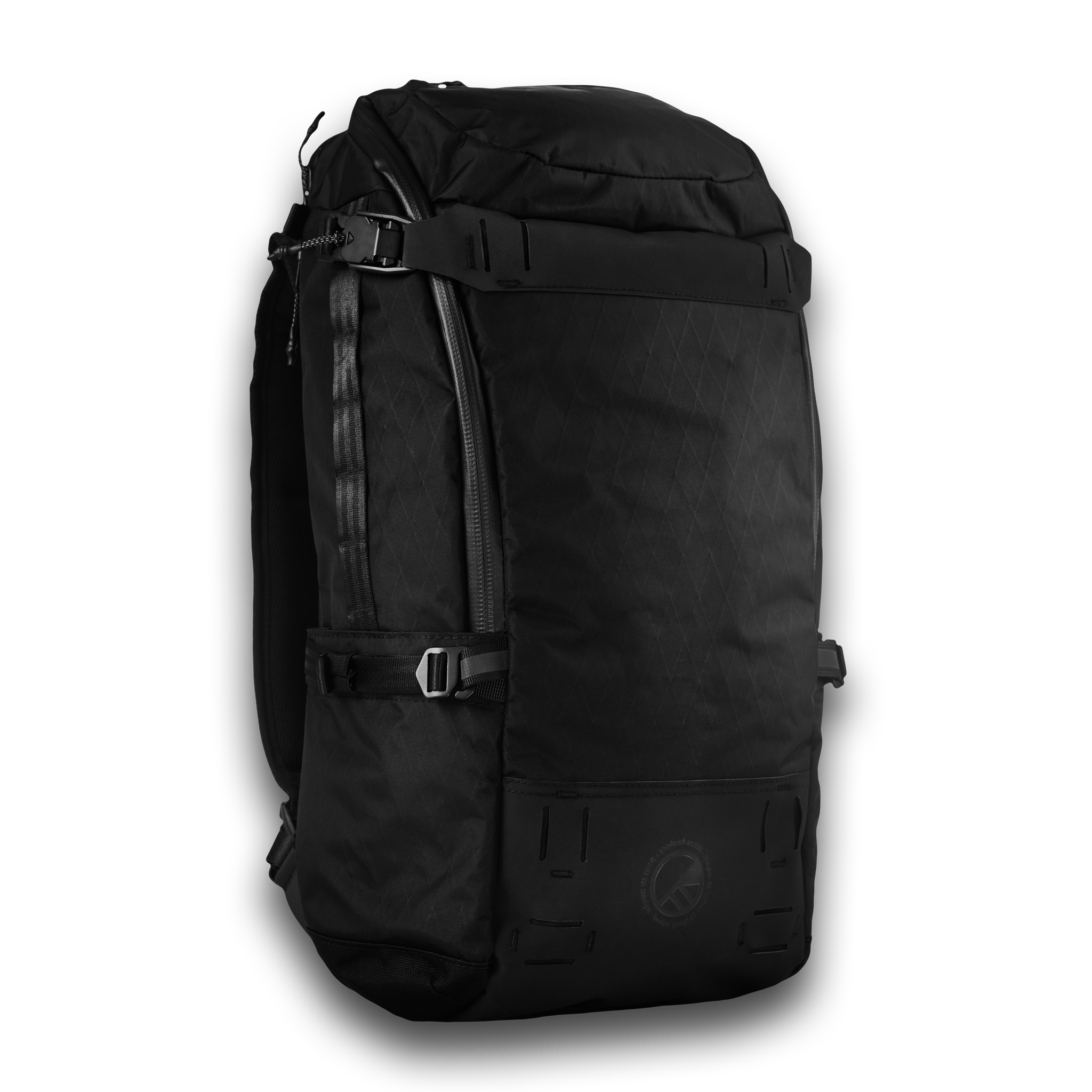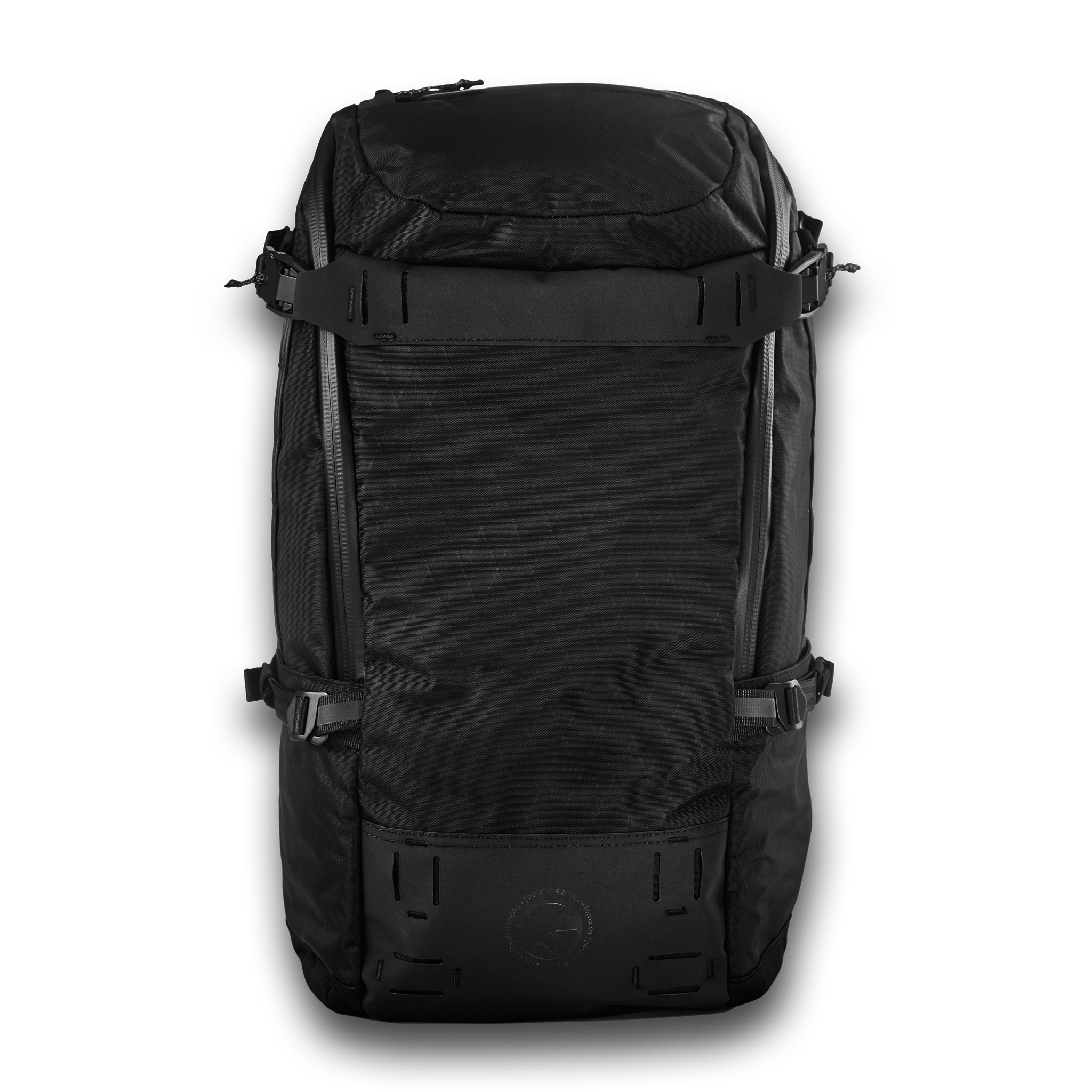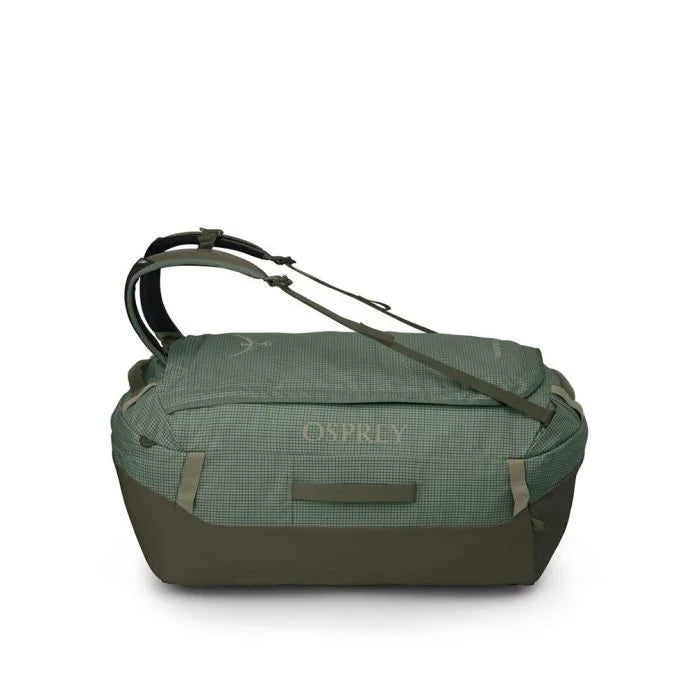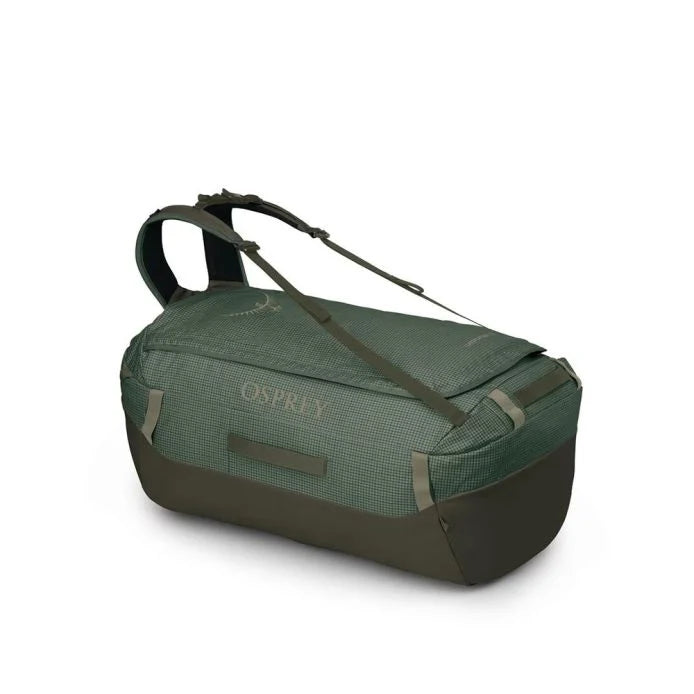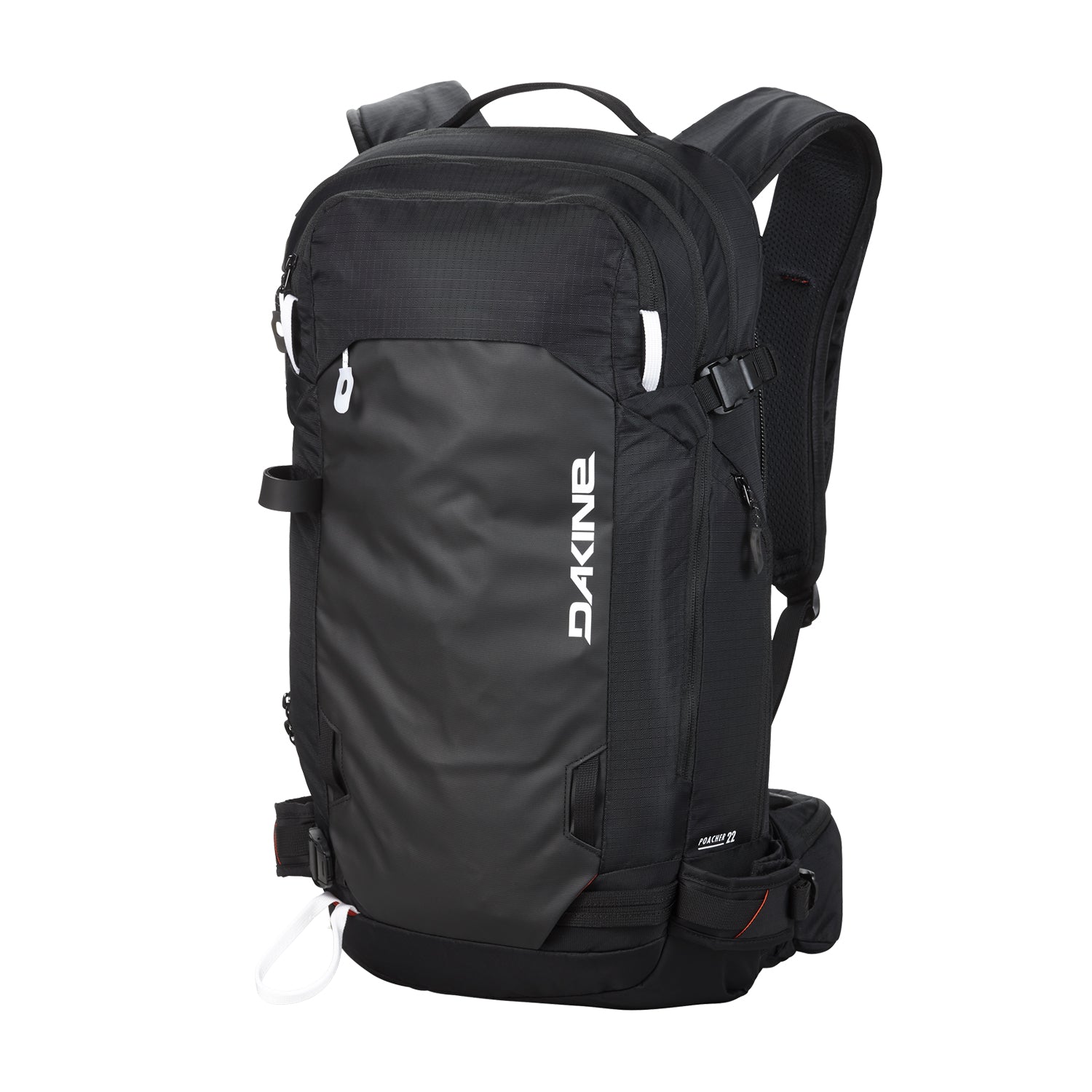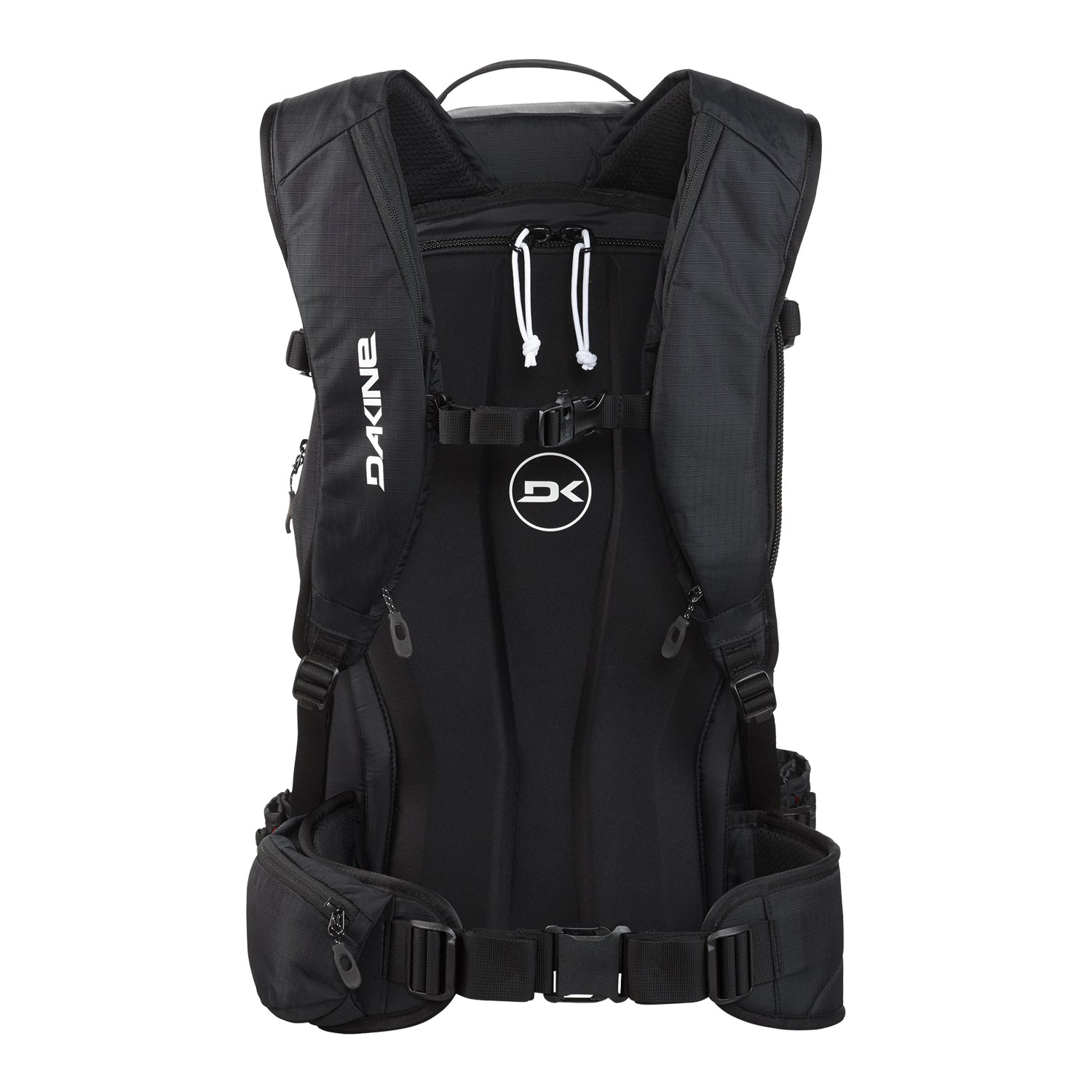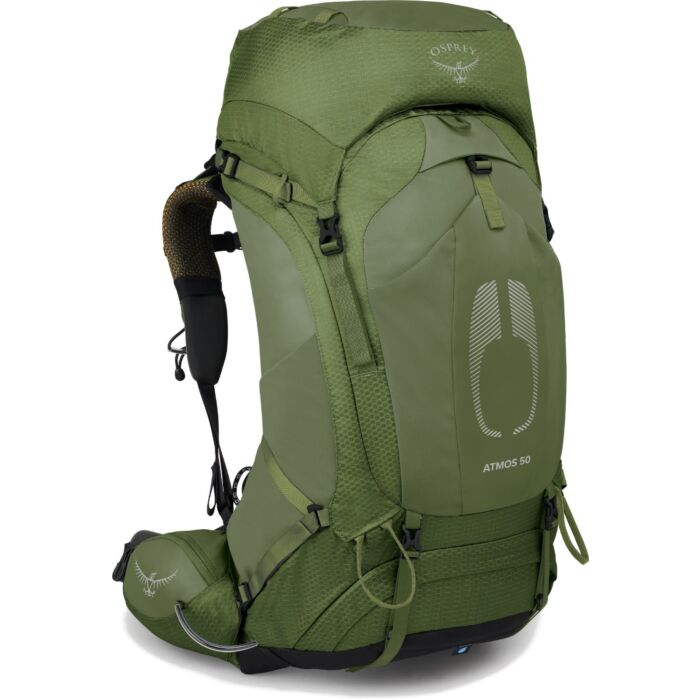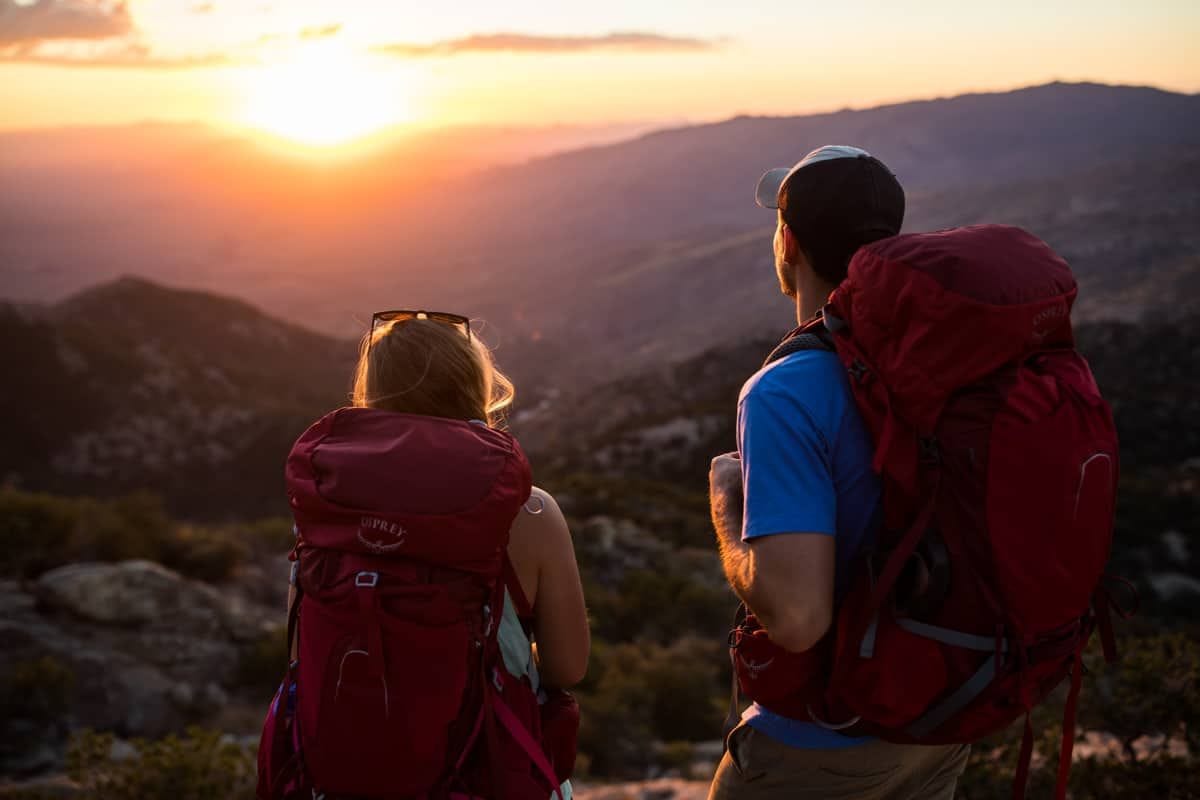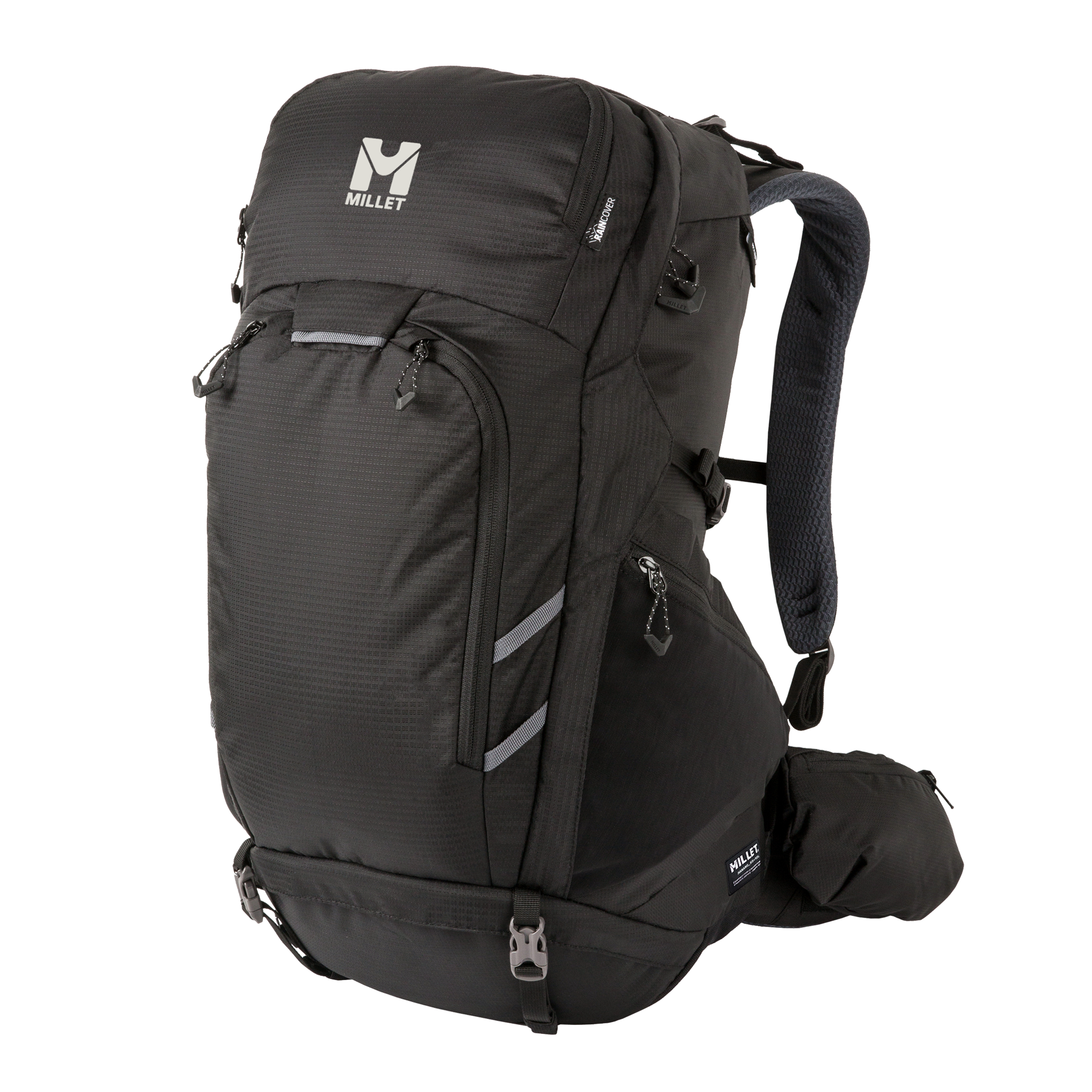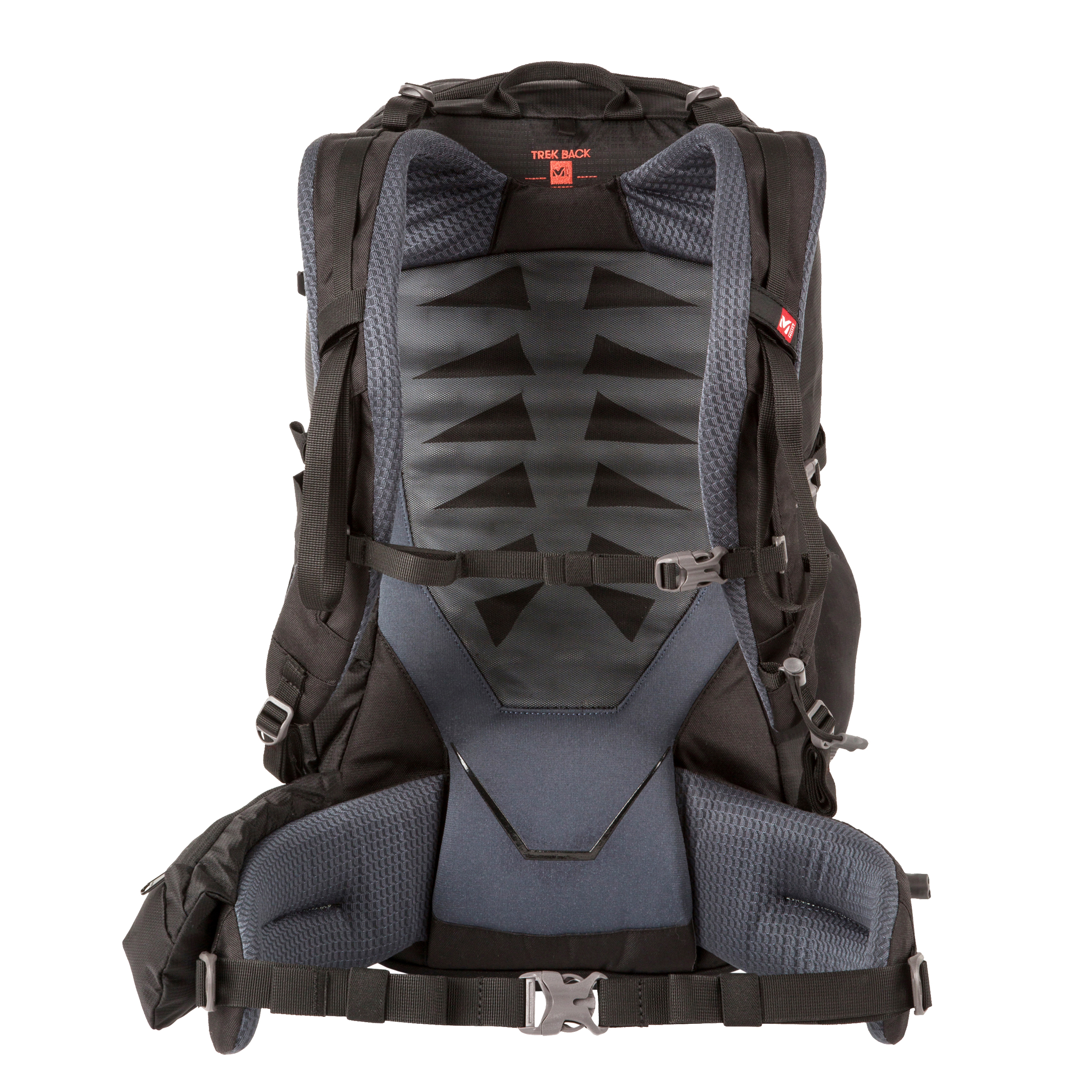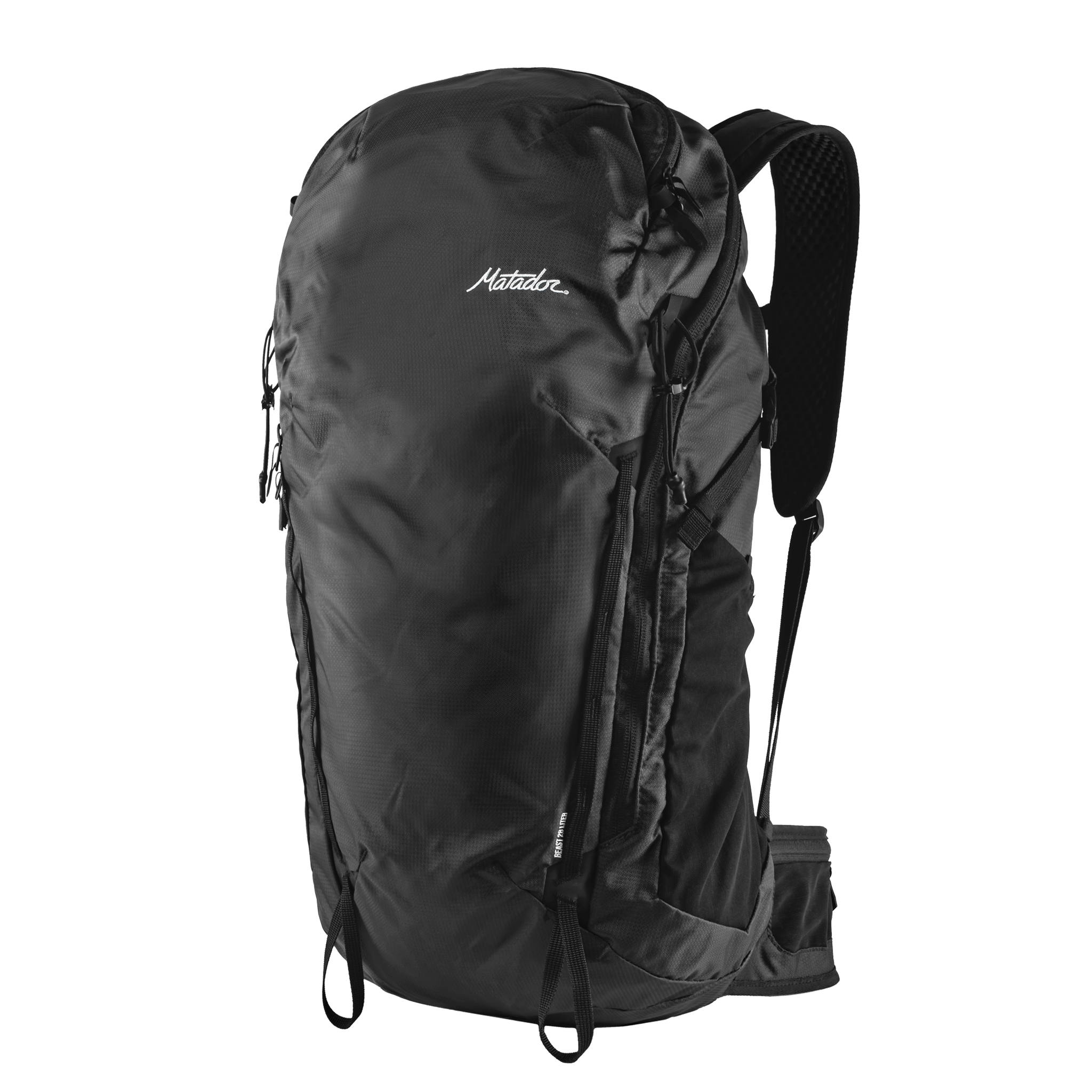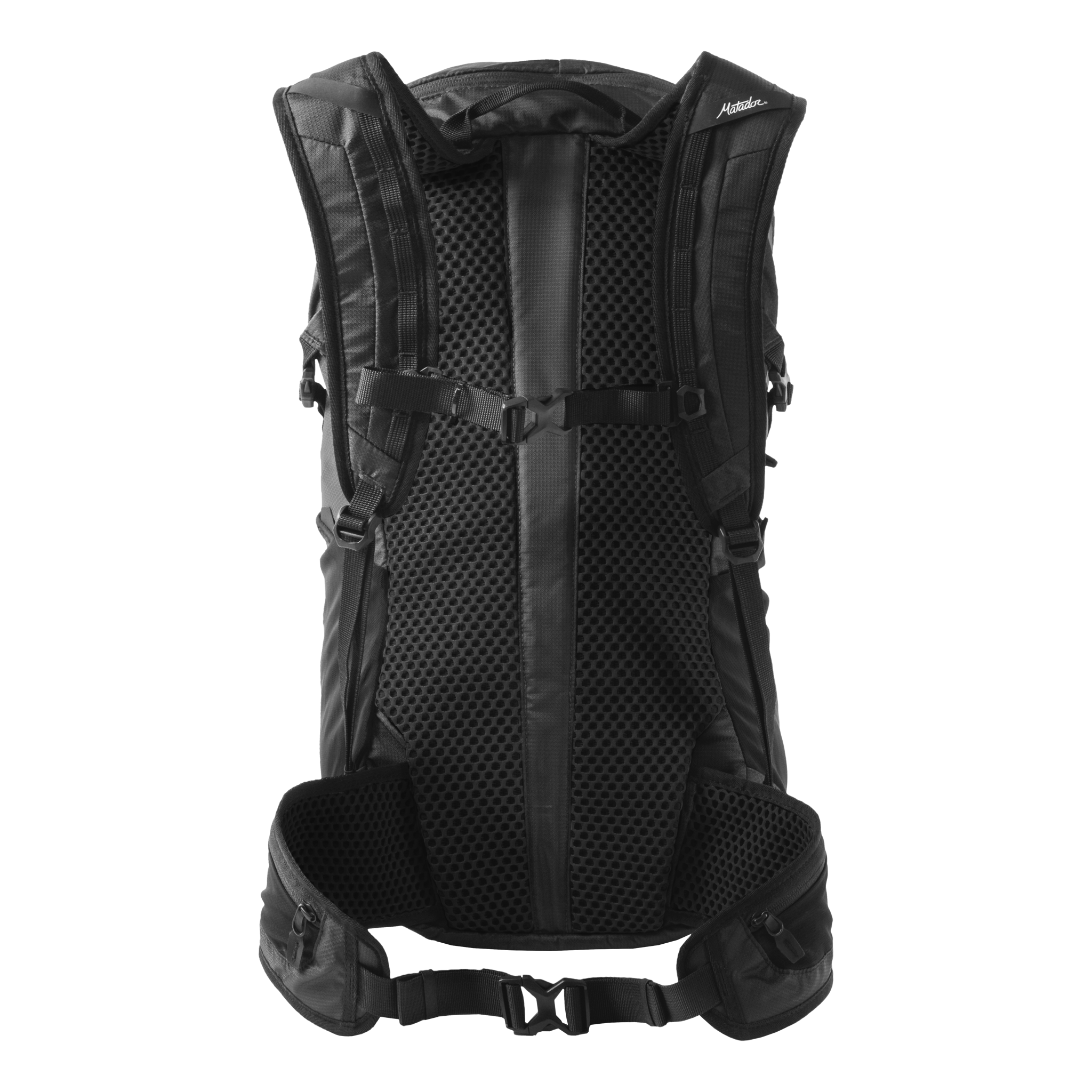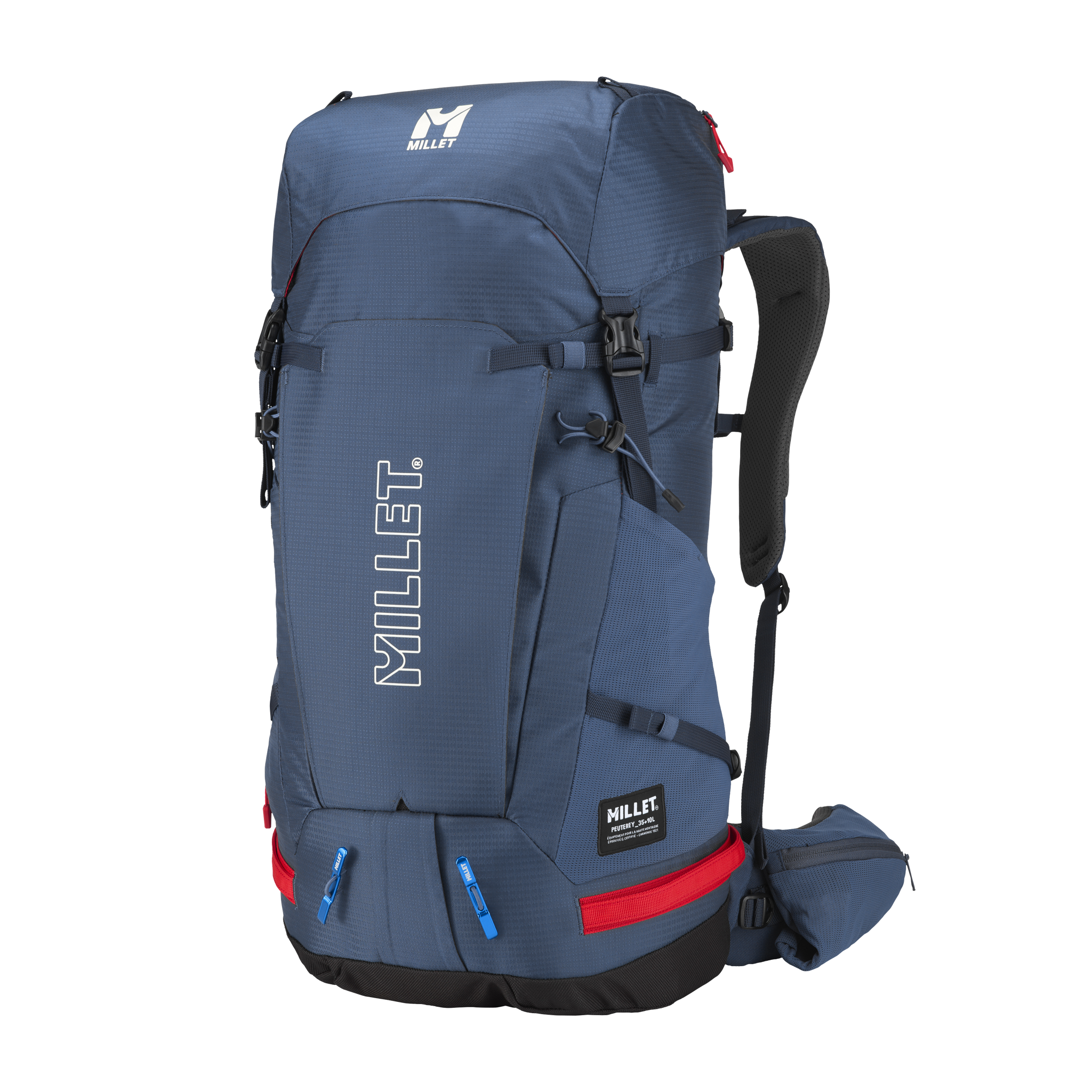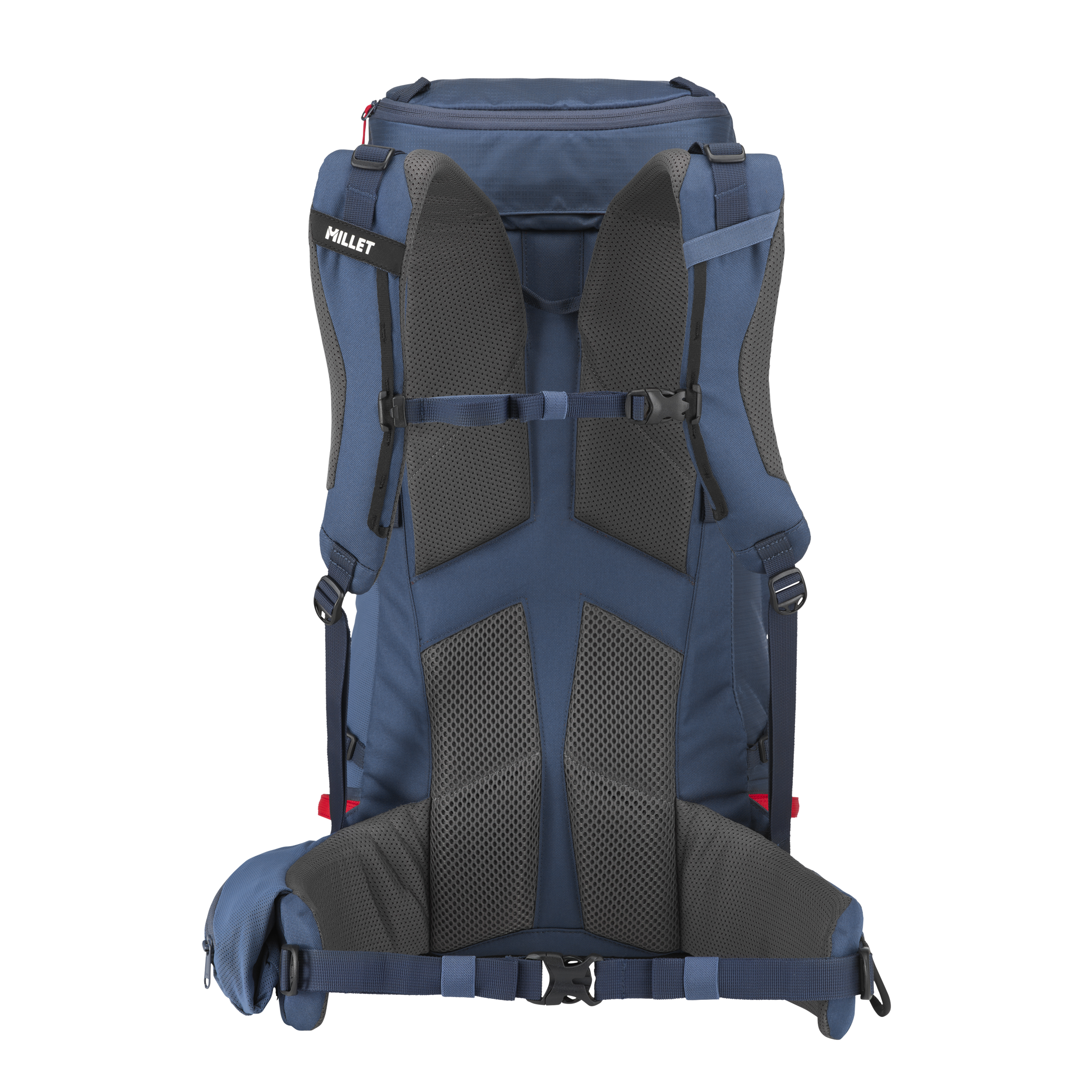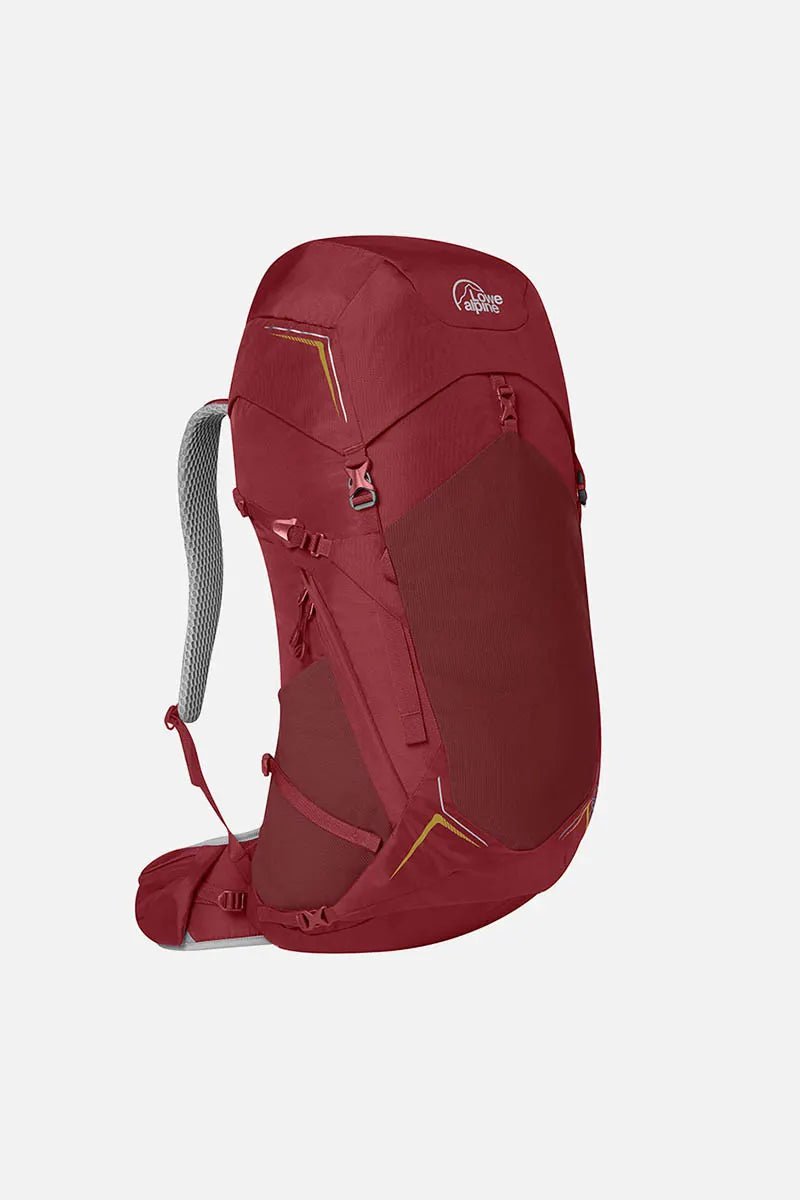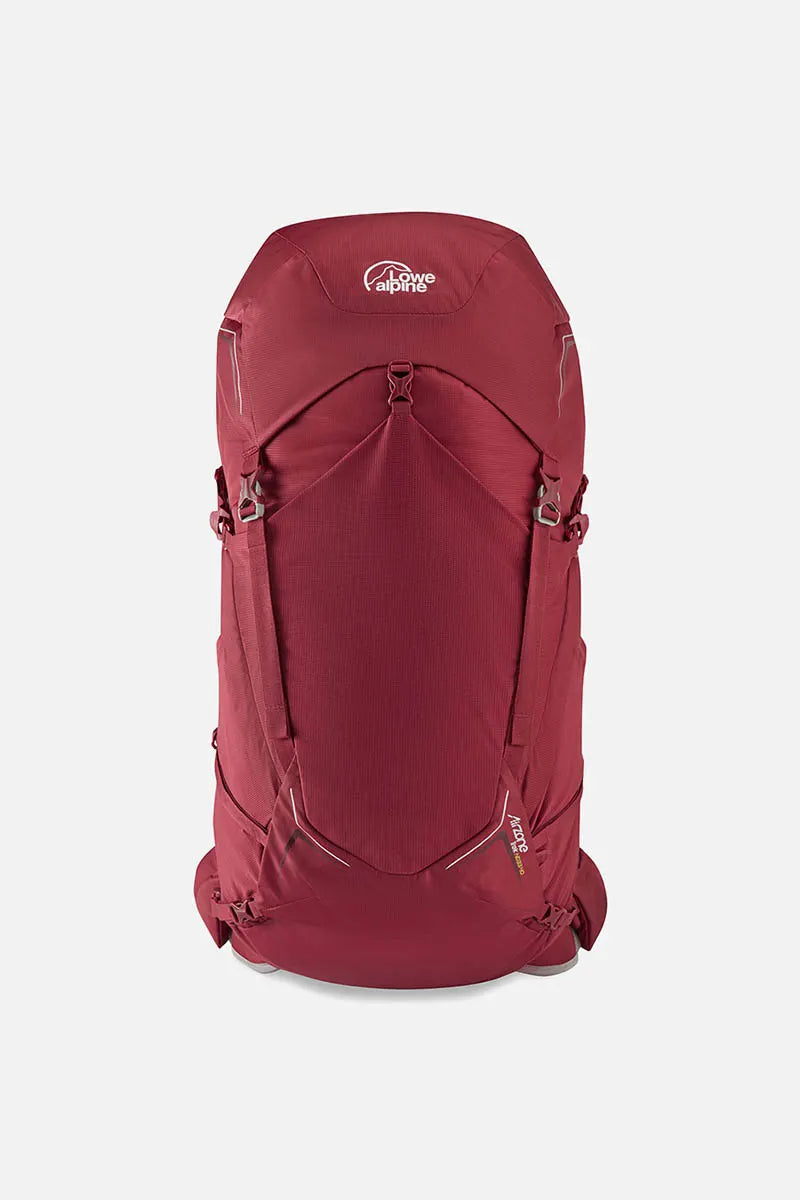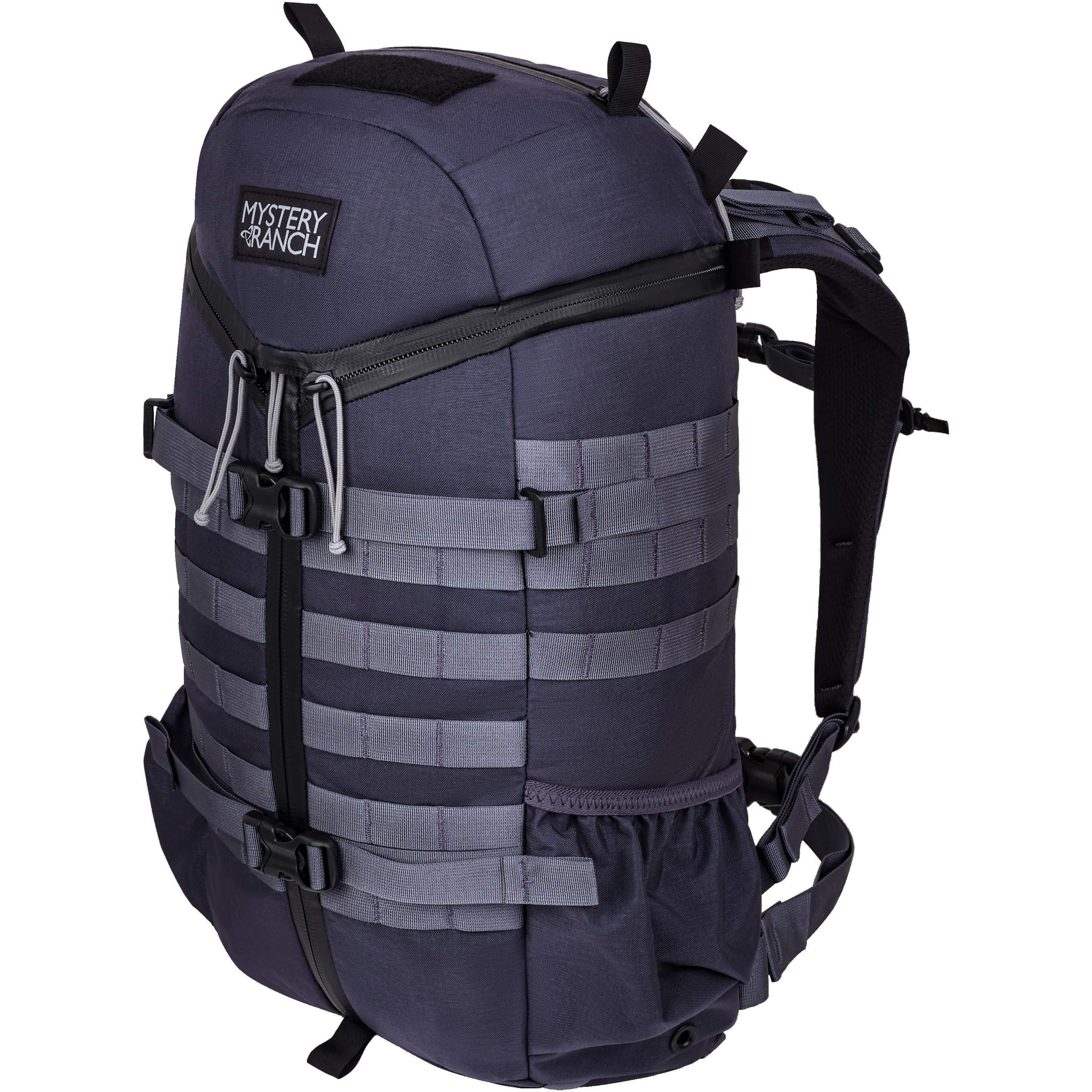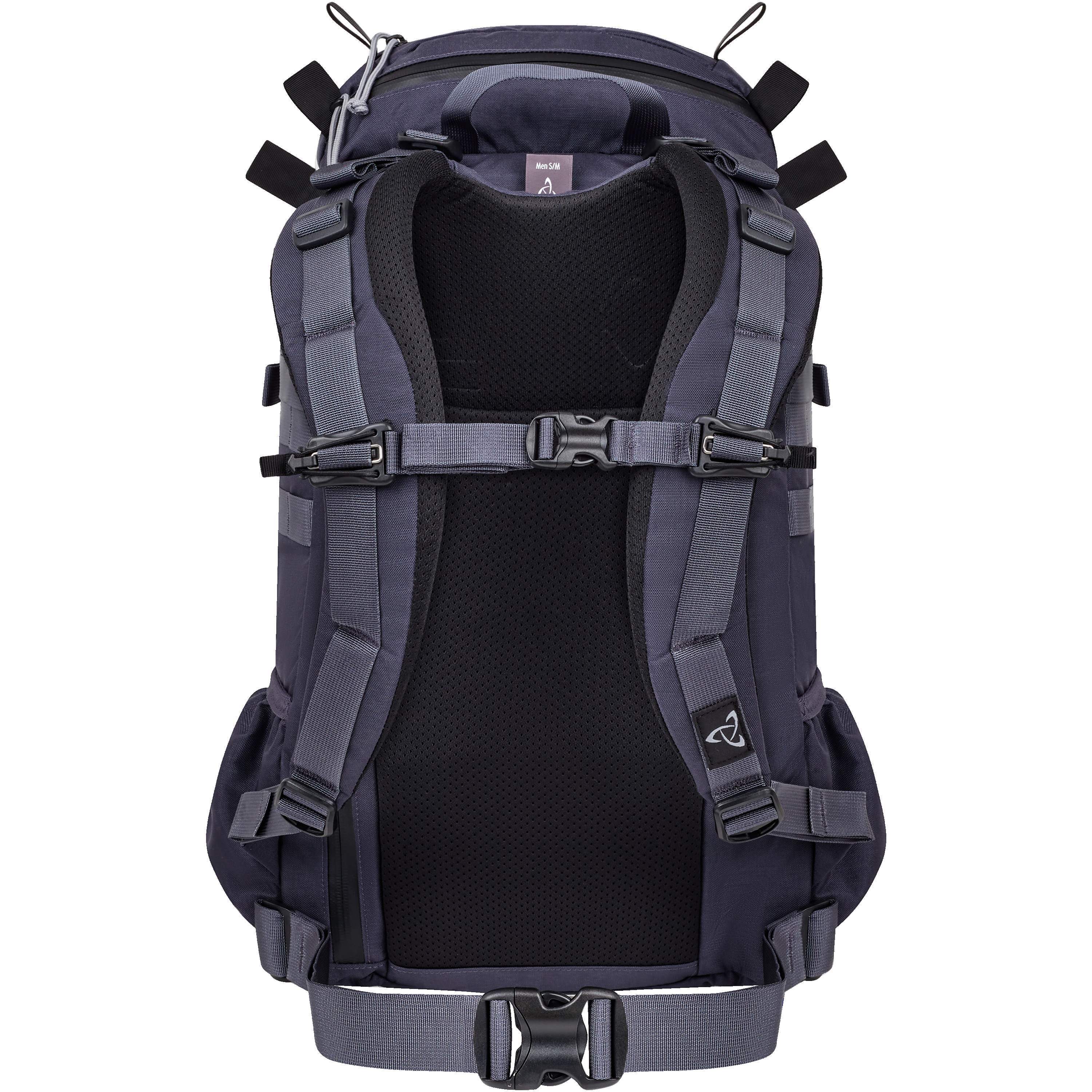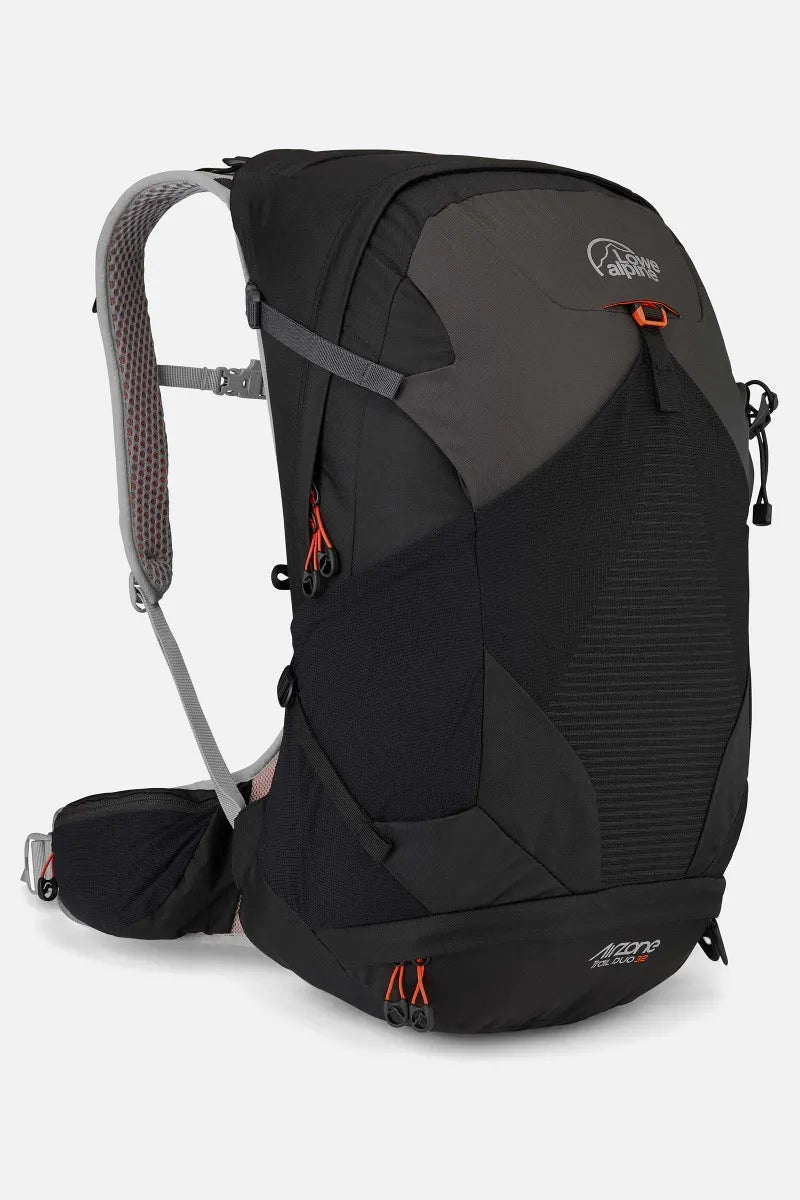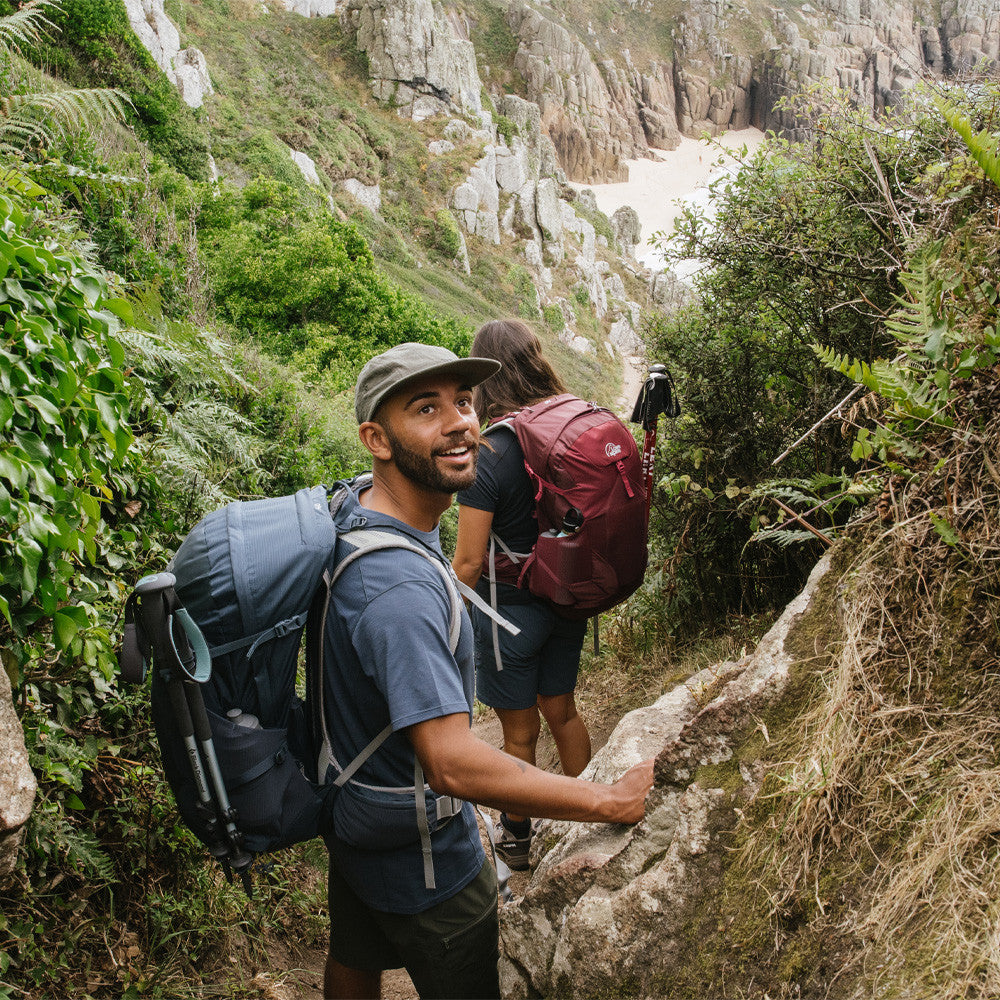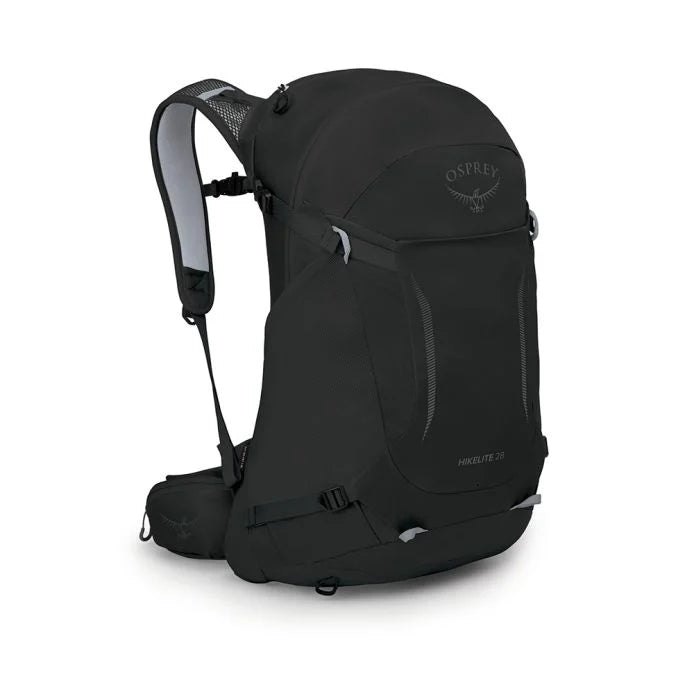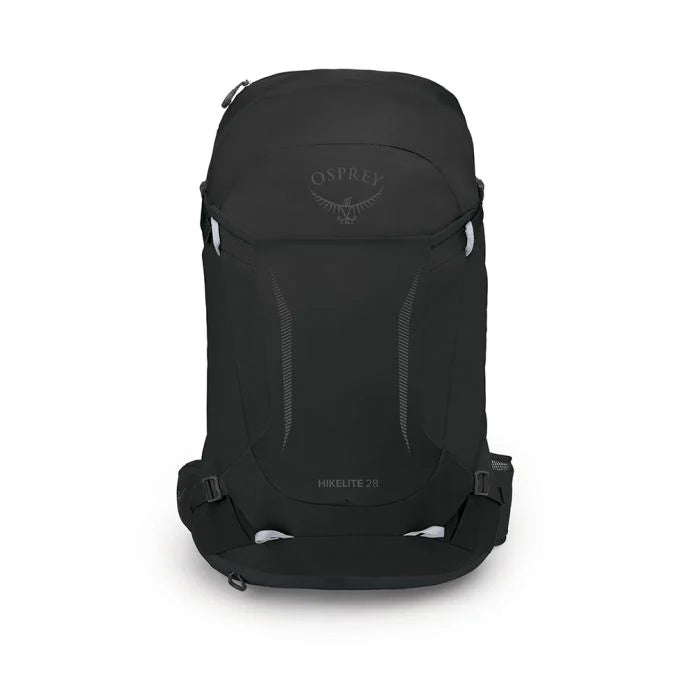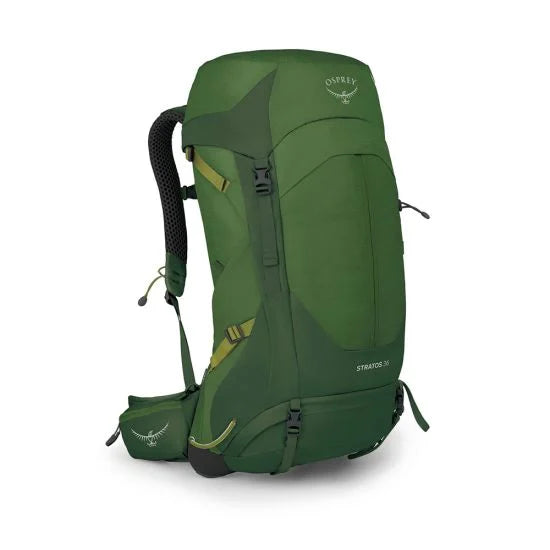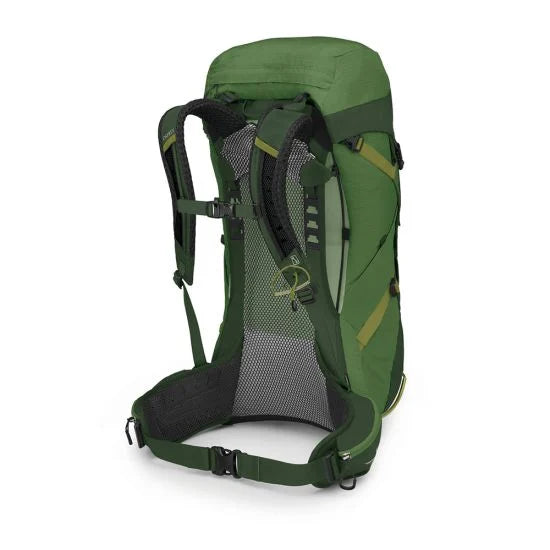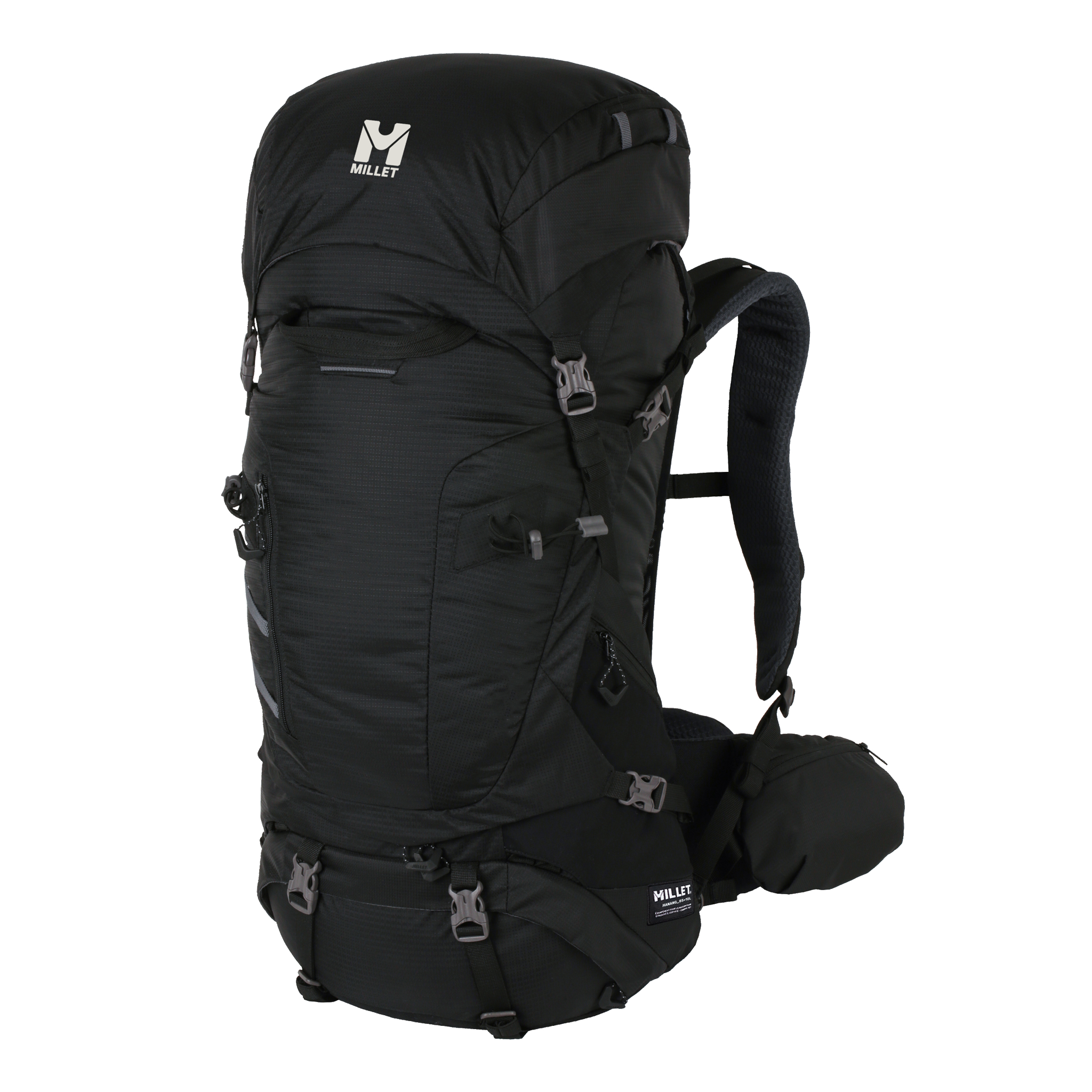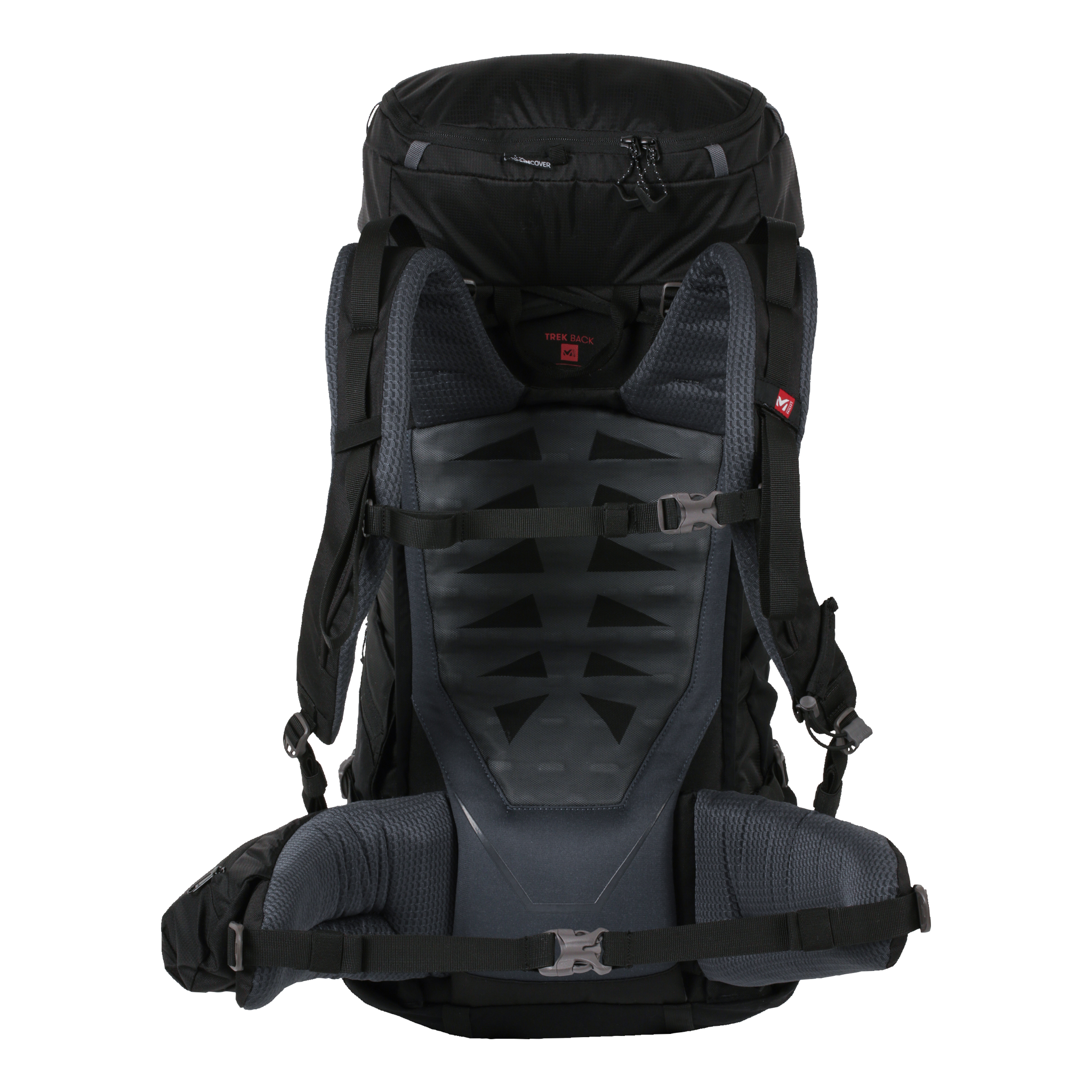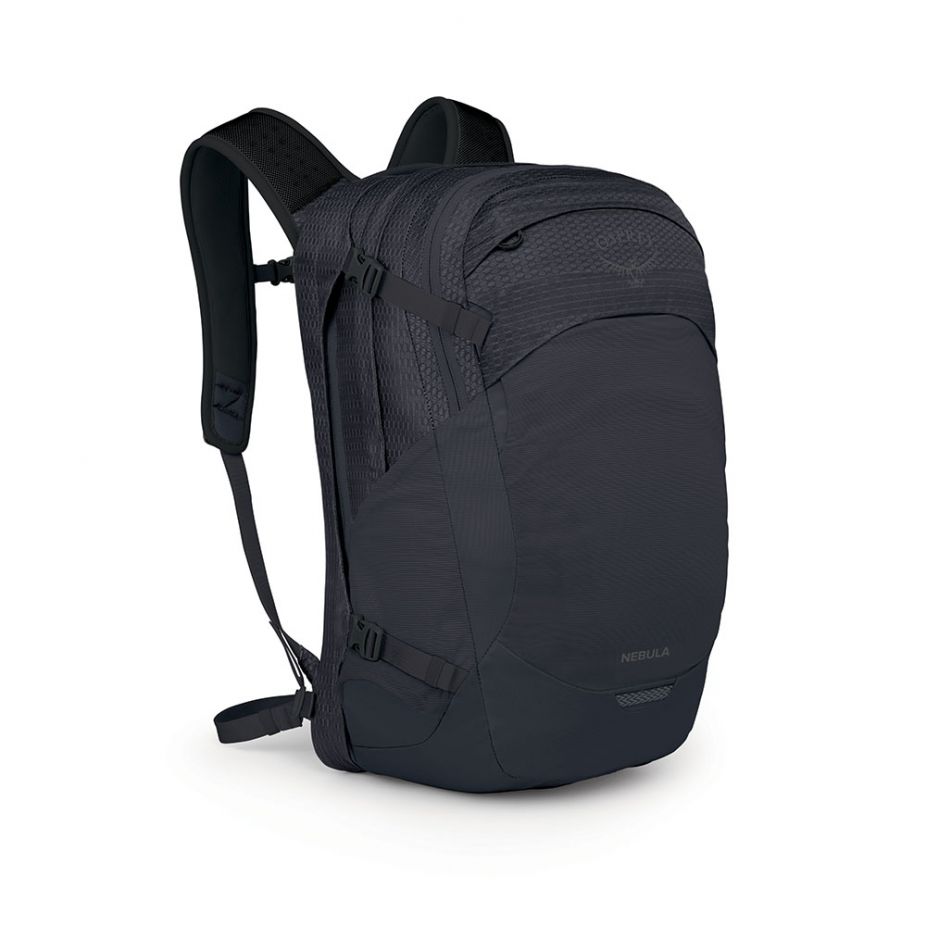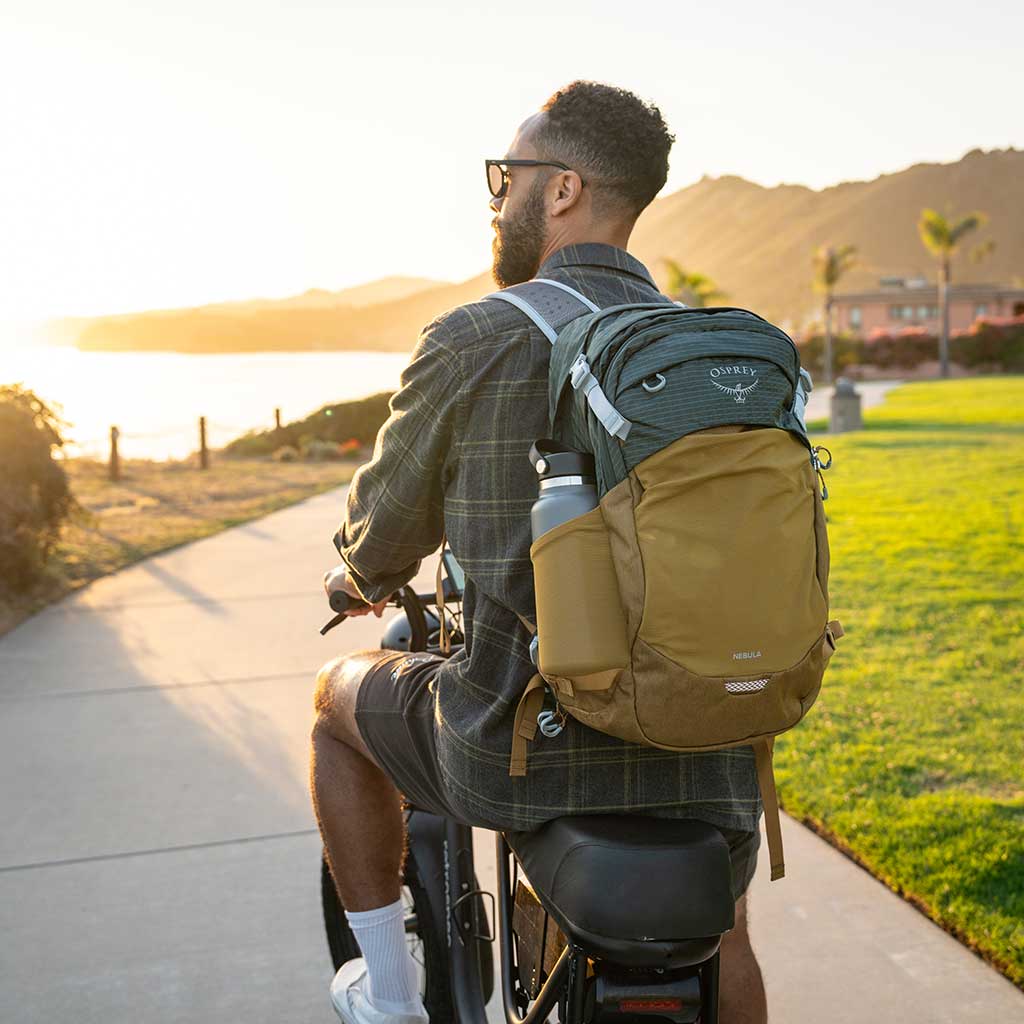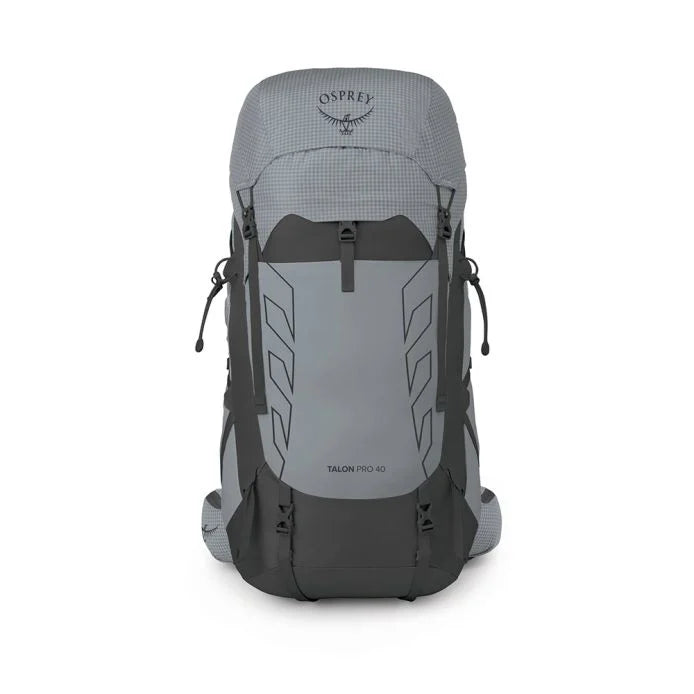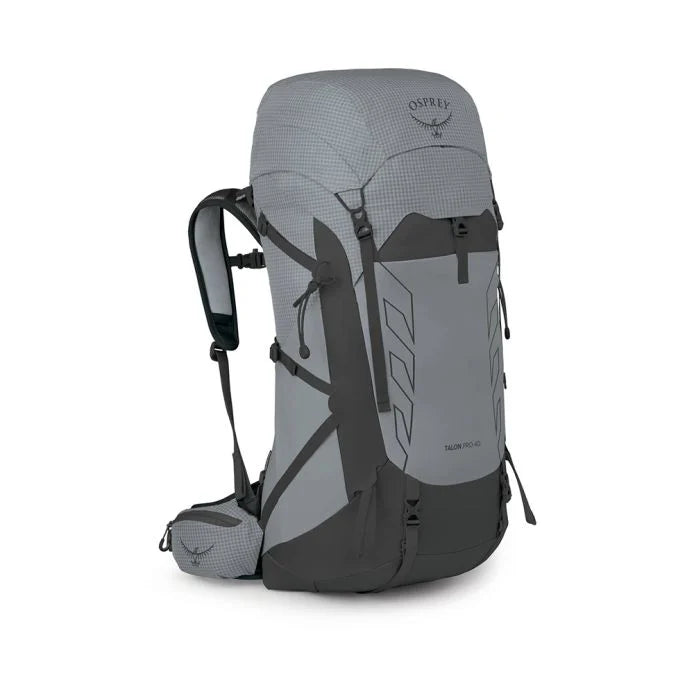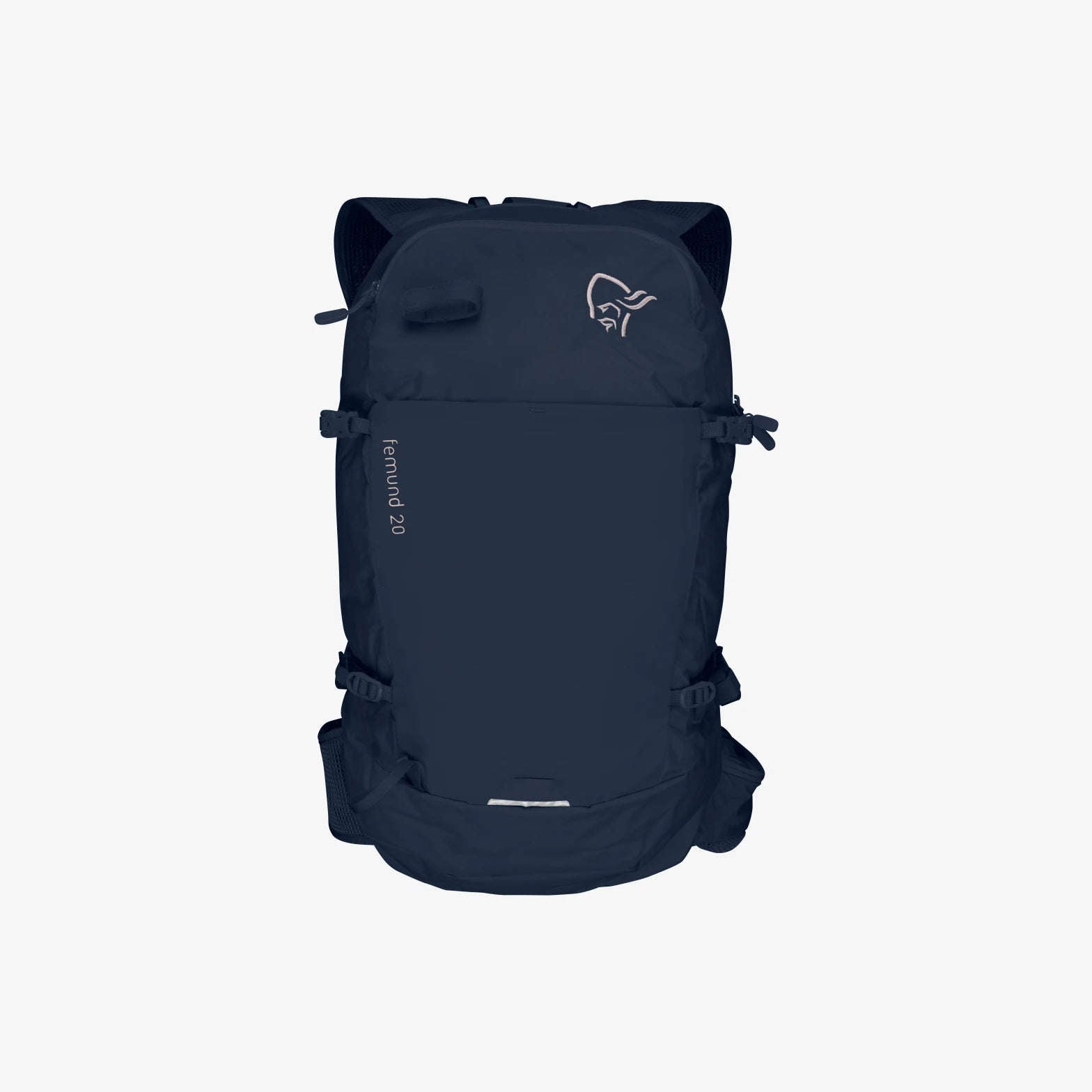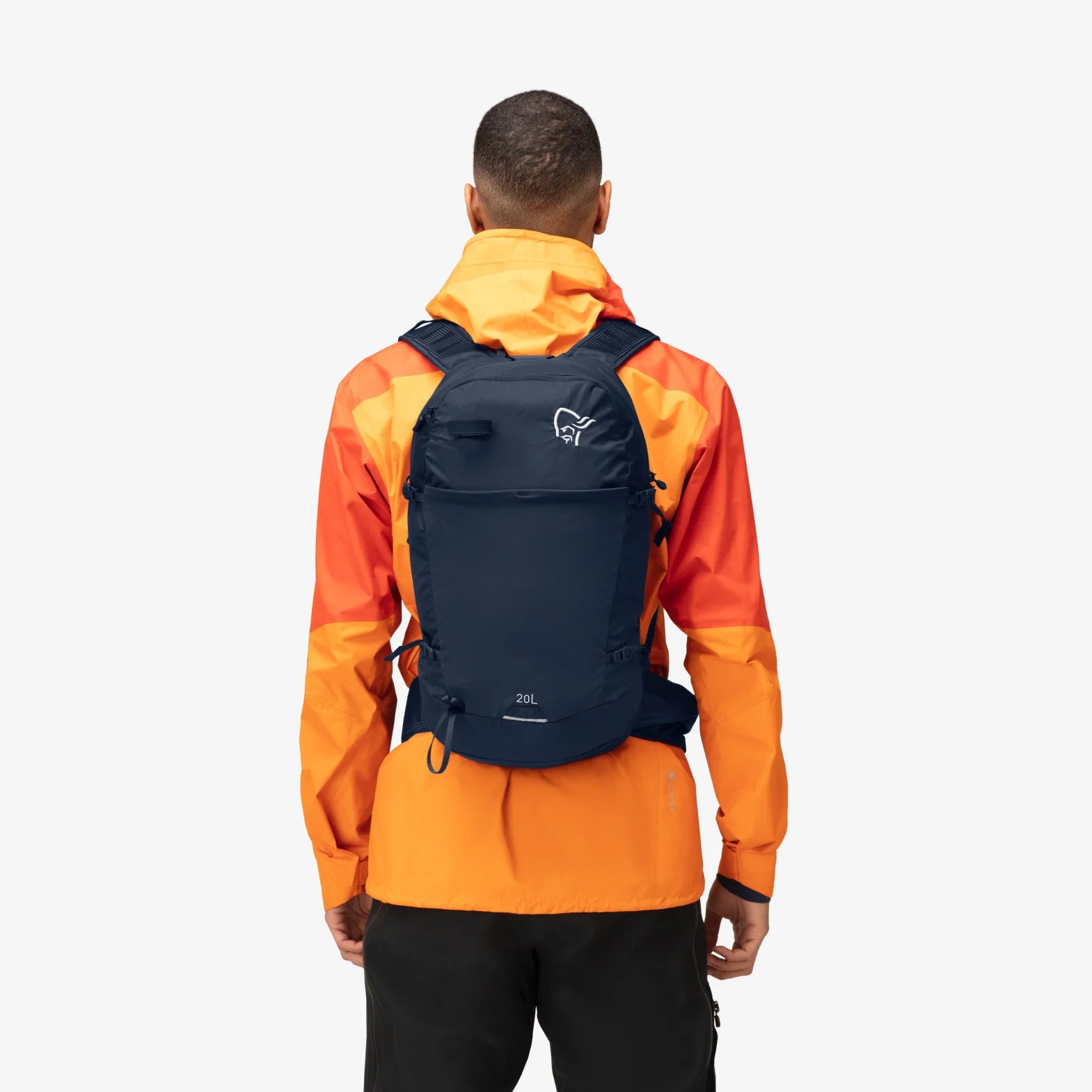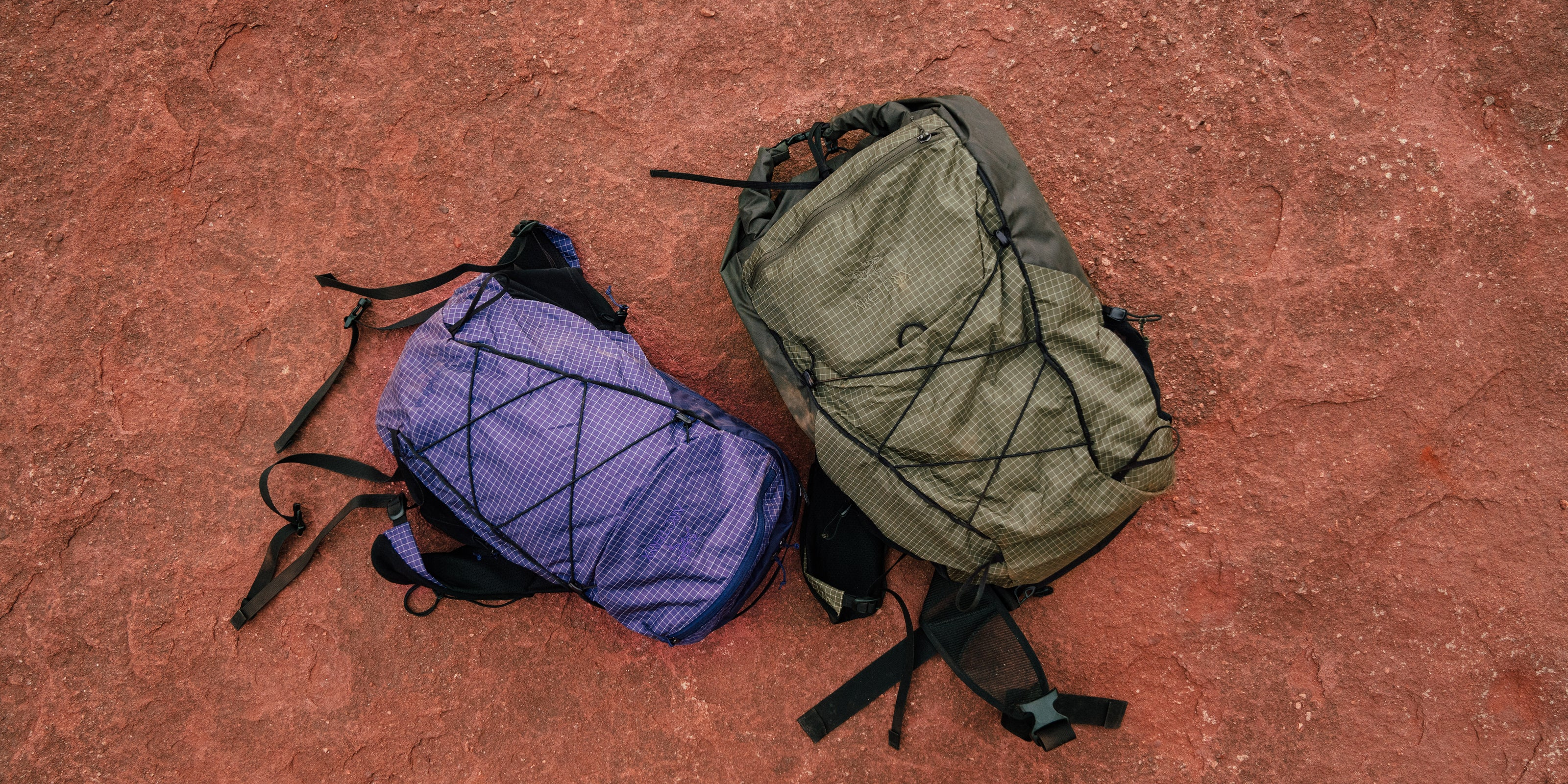
Hiking bag
Browse our selection of hiking backpacks, designed to combine comfort, lightweight design, and durability. Ideal for your outdoor excursions, our models offer excellent portability and numerous features. Head out on your adventure well-equipped with reliable, ergonomic bags that are perfect for all your hikes.
Filters
53 products
How to choose the best hiking backpack for your adventures?
The different types of backpacks depending on the hike
A backpack isn't just an accessory; it's your best ally on the trails. But how do you choose the right one for you? It all starts with the type of hike you're planning. For a day trip, a lightweight pack of around 20 to 30 liters is perfect: enough to carry water, a meal, a first aid kit, and a few clothes. If you're going for a weekend, opt for a 40 to 50-liter model, which offers enough space for a compact mattress, a stove, and provisions. Finally, for multi-day treks or expeditions, choose packs ranging from 60 to 70 liters, designed to accommodate all the necessary equipment, such as a tent, extra clothing, and even trekking poles.
Assess your personal needs before purchasing
Choosing the perfect bag is based on careful introspection. Ask yourself these questions: What will be the average duration of my outings? In what conditions will I be hiking (mountains, rainforest)? What is my body type? An ill-fitting bag can turn an outdoor experience into a real ordeal. For example, if you're a woman or have a smaller build, choose specific models with straps and belts adjusted to your body shape. Also, consider how much weight you're capable of carrying for several hours: there's no point overloading your back at the expense of comfort and balance.
Choosing the ideal backpack for hiking
Volume and capacity: how to choose the right one?
A backpack's capacity, measured in liters, is a crucial factor for a successful hike. A 20- to 30-liter bag is ideal for a day trip: it will allow you to carry essentials like a water bottle, light clothing, a meal, and a first aid kit. For a two- or three-day hike, a volume of 40 to 50 liters is recommended. This type of bag can hold a compact mattress, a small tent, and extra clothing. Finally, for long expeditions or treks lasting a week or more, opt for a 60- to 70-liter bag. These spacious models are perfect for carrying all your gear: sleeping bag, stove, food, and even a few accessories like a rain cover or poles.
Concrete examples according to profiles
To help you visualize, imagine this: a child going on a hike with their family will only need a small 15- to 20-liter bag to hold their water and snacks. An adult who enjoys two-day outings as a couple can opt for a 40-liter model to share common equipment like a tent or stove. As for solo adventurers going on a bivouac for several days, they will definitely favor large capacity bags of up to 70 liters, with well-designed compartments to organize their autonomy.
Weight, balance and comfort: the keys to a pleasant hike
The weight of a backpack, whether empty or loaded, plays a decisive role in your hiking experience. A pack that's too heavy from the start can quickly become a burden on the trails. Therefore, choose lightweight but durable models made from materials like nylon or polyester. Once loaded, make sure the total weight doesn't exceed 20% of your own body weight to avoid pain and fatigue.
Balance is equally essential: poor load distribution can lead to muscle strain or imbalance on uneven terrain. Place heavy items close to your back and in the center of the pack, while lighter items can be stored in the outer pockets or at the top of the pack. Always adjust the straps and waist belt to ensure even weight distribution across your hips, not just your shoulders.
Key elements of a high-performance backpack
Materials, durability and quality: strategic choices
Choosing the right materials is a crucial step in ensuring the durability of your backpack. Ripstop nylon bags, for example, offer excellent tear resistance while remaining lightweight. Polyester, on the other hand, is prized for its abrasion resistance and enhanced waterproofing. But be careful, not all materials are created equal: always choose products from brands recognized for their hiking expertise. Strong stitching, YKK zippers, and a durable water-repellent (DWR) finish are all guarantees of quality.
Comparing ranges can also help you make an informed choice. Some brands like Cimalp or Osprey offer high-end models with innovative systems like aluminum frames for better carrying or recycled fabrics for a reduced environmental impact. Investing in a quality bag means ensuring a reliable companion for years of adventures.
Examples of backpack brands for hiking:
Millet Millet embodies French excellence in mountain equipment. Its backpacks combine technicality, lightness, and durability, ideal for hiking, mountaineering, and high-altitude adventures.
Osprey Osprey designs innovative, durable, and comfortable backpacks for hiking, travel, and everyday use. A brand renowned for its quality and environmental commitment.
Lowe Alpine Low Alpine offers technical backpacks designed for mountaineering, hiking, and expeditions. Durability, ergonomics, and innovation define this iconic mountain sports brand.
Ventilation, back and straps: comfort above all
A good ventilation system can turn a strenuous hike into a pleasant one. Backpacks with a ventilated back, such as models with stretched mesh or perforated foam, allow for better airflow between your back and the backpack. This limits excessive perspiration, especially during climbs or in hot weather.
Back and shoulder strap comfort are equally essential. Choose bags with padded and adjustable straps that fit your body shape. The waist belt should be wide and well-padded to effectively distribute the load across your hips, reducing pressure on your shoulders. If you're a woman or have a specific body shape, some models offer ergonomic cuts that adapt perfectly to your body.
Compartments, rain cover and accessories: thinking about every detail
A well-organized pack is key to quickly accessing your gear without having to unpack everything on the trail. Multiple compartments allow you to separate essentials like a first aid kit or map from less urgent items like a sleeping pad or stove. Side pockets are ideal for keeping a water bottle or hiking poles close at hand, while zippered pockets on the waist belt can hold snacks or a phone.
Don't neglect essential accessories either. A built-in rain cover is a must to protect your gear in bad weather. Some bags even offer specific straps for securing a tent or mountaineering gear. Finally, details like a U-shaped front opening or headlamp attachments can make all the difference during extended or technical outings.
Adapt the backpack according to the activity
Specific bags for trekking and mountaineering: technicality and performance
Activities like trekking or mountaineering require backpacks with the right technical features. For trekking, choose a capacity between 50 and 70 liters, ideal for carrying everything you need for several days: food, bedding, warm clothes, and cooking equipment. Trekking models often feature practical pockets, easy access to the main compartment, and a robust carrying system designed for long distances.
In mountaineering, lightness and technicality are essential. Specialized bags include reinforced straps for attaching ice axes, crampons, or ropes, as well as a compact structure to avoid hindering your movements during ascents. Choosing a waterproof bag or one equipped with a rain cover is also crucial in these often unpredictable environments.
Hiking with family and children: comfort and safety above all
Family outings require careful planning, especially when it comes to equipping children. For younger children, a 10- to 20-liter bag is sufficient for carrying water, a snack, and a light jacket. Make sure to choose a model that fits their body shape, with padded and adjustable straps for optimal comfort.
For parents, a 40- to 50-liter bag is ideal for carrying common gear: first aid kit, extra clothes, food, and even a compact mattress if necessary. Don't neglect safety aspects: some children's bags include reflective elements or even an emergency whistle. These details may seem trivial, but they are essential to ensure a peaceful experience on the trails.
Preparing a bag for bivouacking or camping: autonomy and practicality
Bivouacking and camping in the great outdoors require meticulous preparation to ensure your self-sufficiency for several days. A bag with a capacity of 50 to 70 liters is often necessary to carry all the essential equipment. Prioritize space for a sleeping bag, a compact mattress, a lightweight tent, and a stove. Food must be well organized: opt for dehydrated or easy-to-cook meals, and don't forget a sufficient water reserve or a filtration system.
The internal organization of your pack is crucial. Place heavy items near your lower back for optimal balance, while frequently used items like a waterproof jacket or headlamp should remain accessible in the outer pockets. Finally, remember to check the total weight before setting out: staying below the recommended limit (around 20-25% of your body weight) is essential for maintaining comfort on the trails.
Maintaining your backpack for maximum durability
Cleaning and maintenance: preserving your equipment
Taking care of your backpack is essential to prolong its lifespan and ensure its performance over the years. After each hike, start by completely emptying your bag and shaking it to remove dust and debris. If the bag is stained or has been exposed to extreme conditions (rain, mud), use a soft sponge with warm water and mild soap to clean the dirty areas. Avoid machine washing, as this could damage the materials or waterproof treatments.
Maintenance frequency depends on how often you use your bag. For intensive use, a thorough cleaning every two to three months is recommended. Don't forget to regularly check the seams, zippers, and straps for signs of wear. Regular maintenance is key to keeping your bag functional and ready to take on all your adventures.
Also discover our selection of the best on our online store backpack.paris bicycle bags and travel bags.
Free delivery
In France, from €80
Click & collect
Paris / Lyon
4X payments with no fees, 100% secure
CB Visa, Mastercard, American Express & Paypal
60-day returns
Customer Service
Monday - Saturday / 11am - 7pm
+33 1 45 35 22 05
info@backpack.paris


